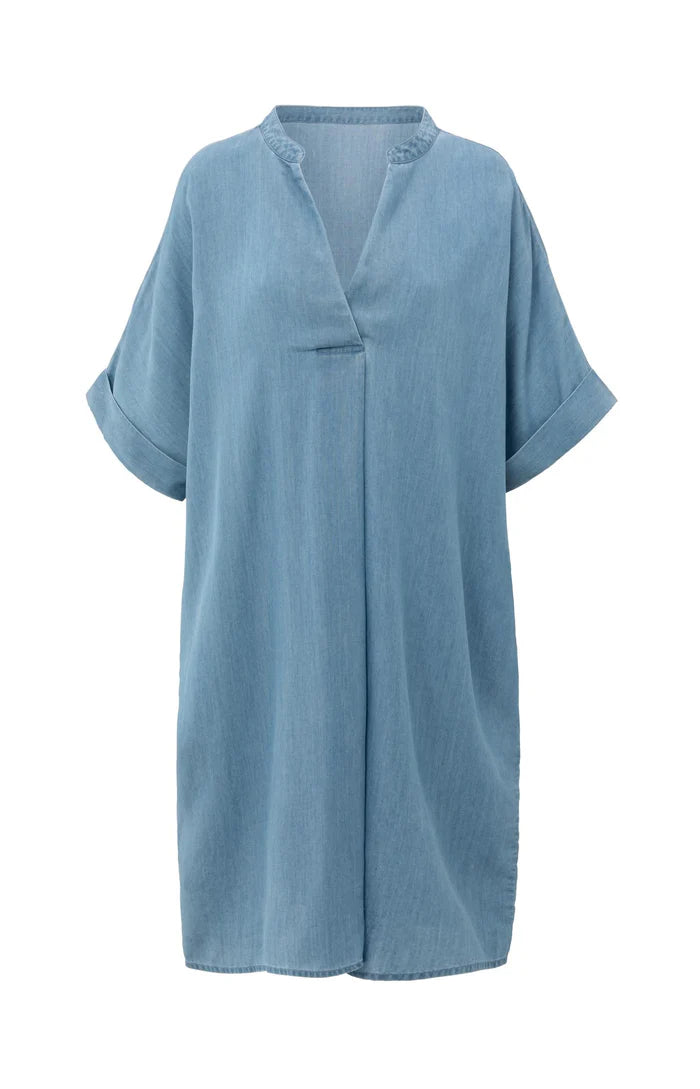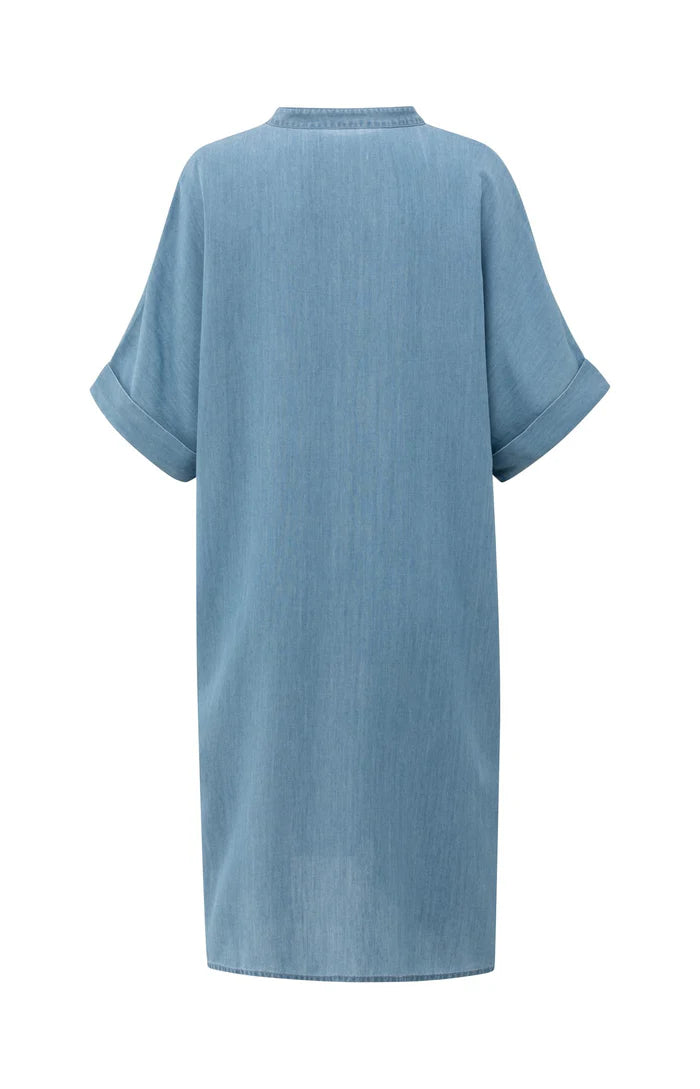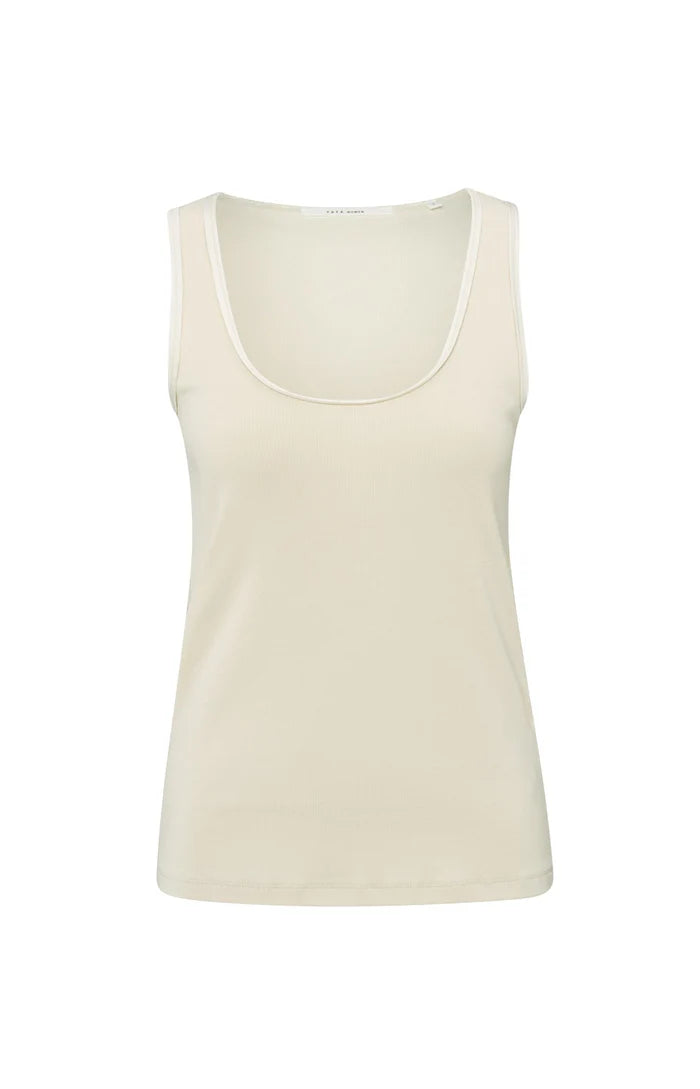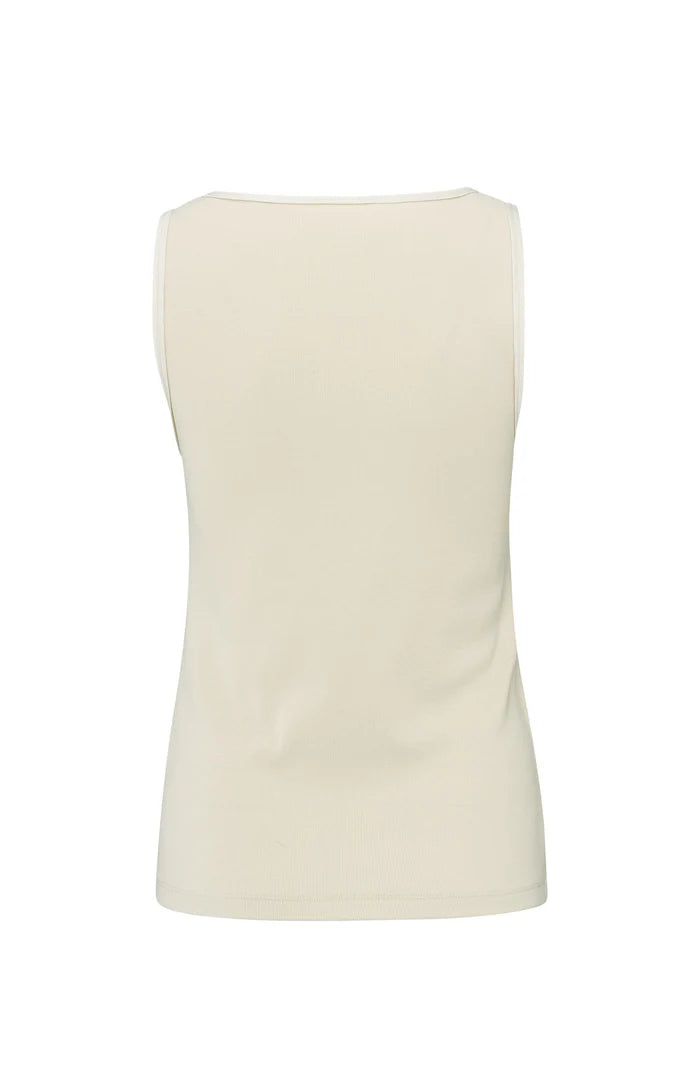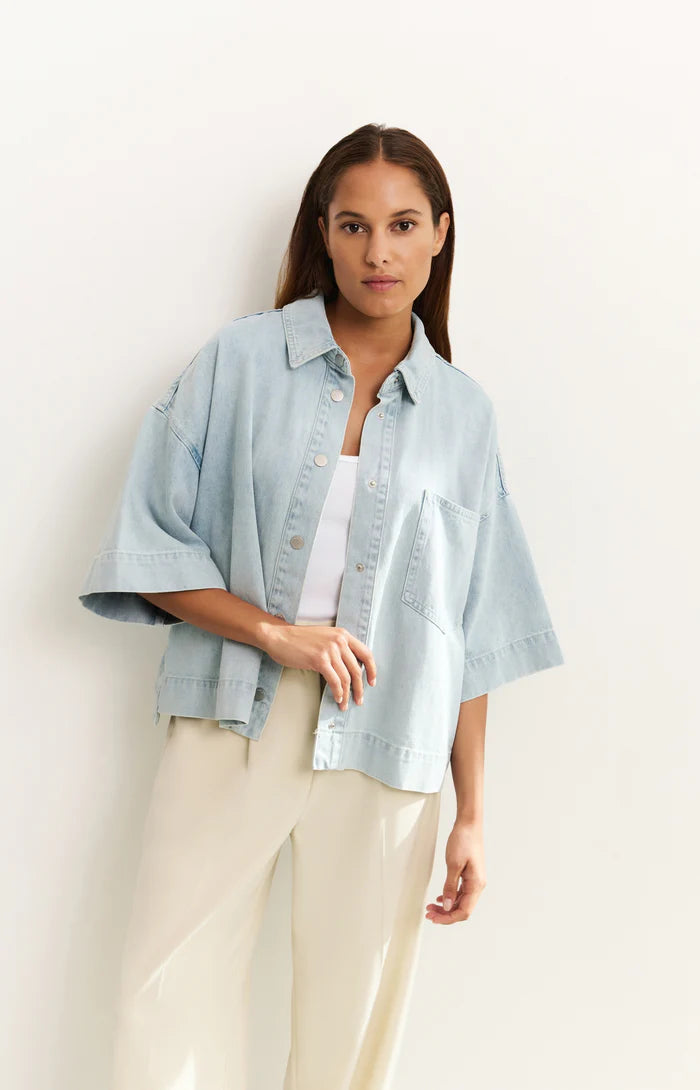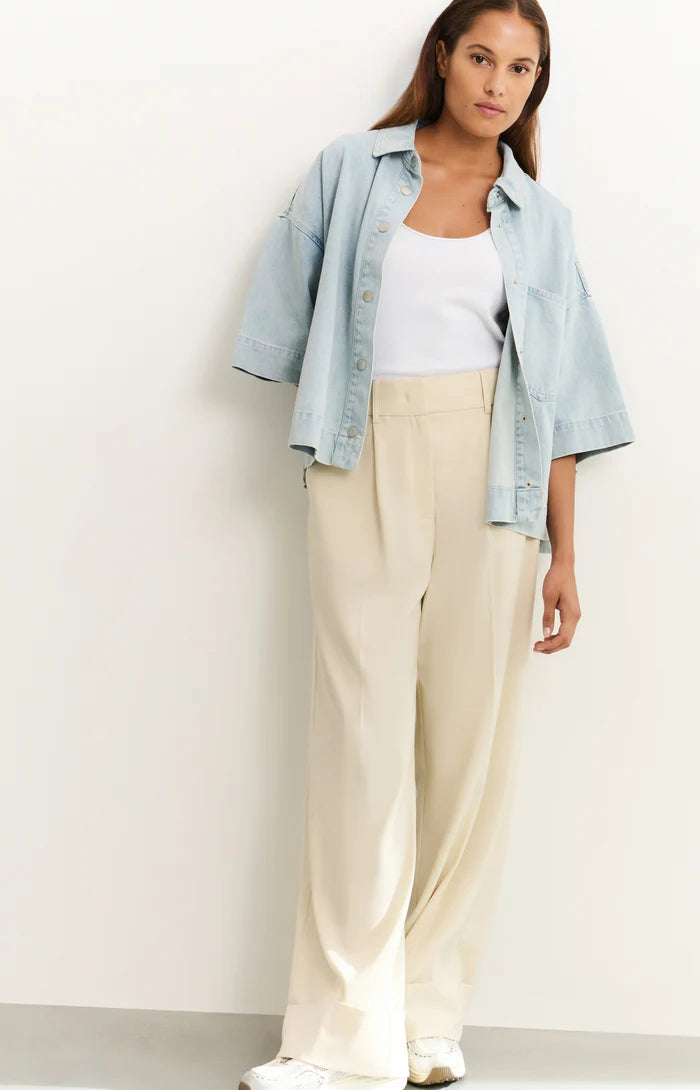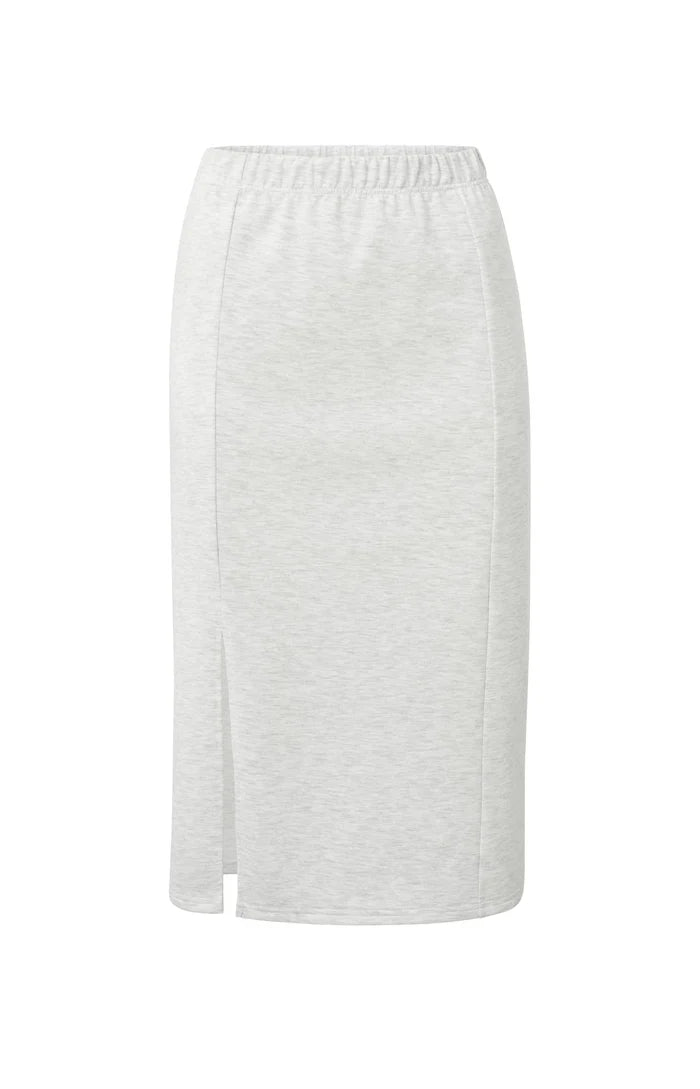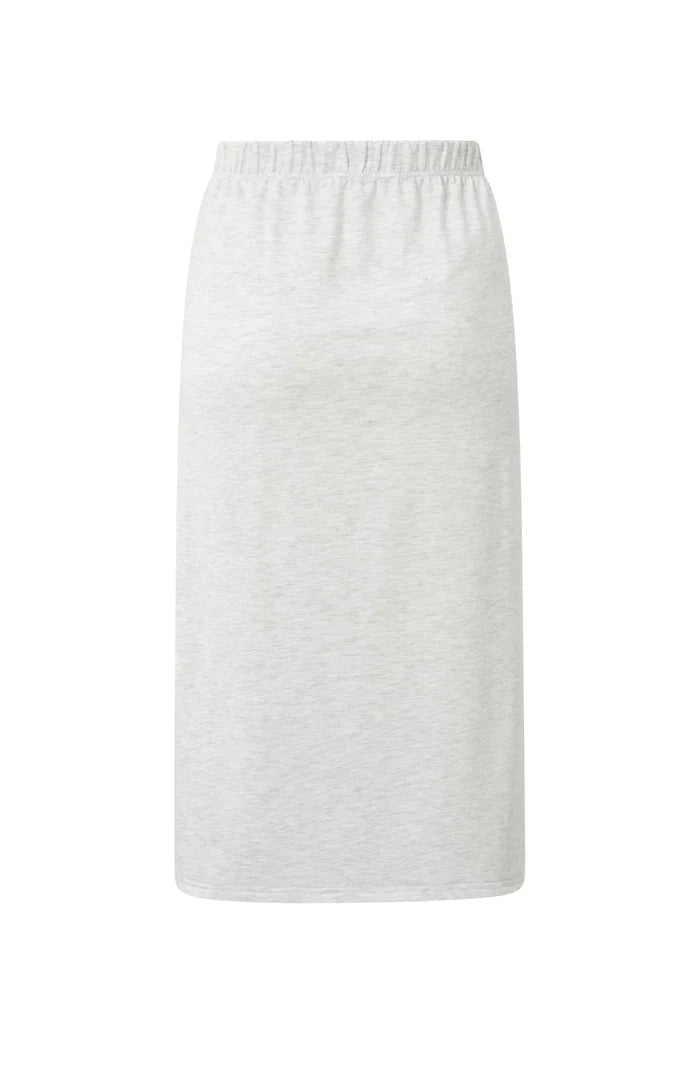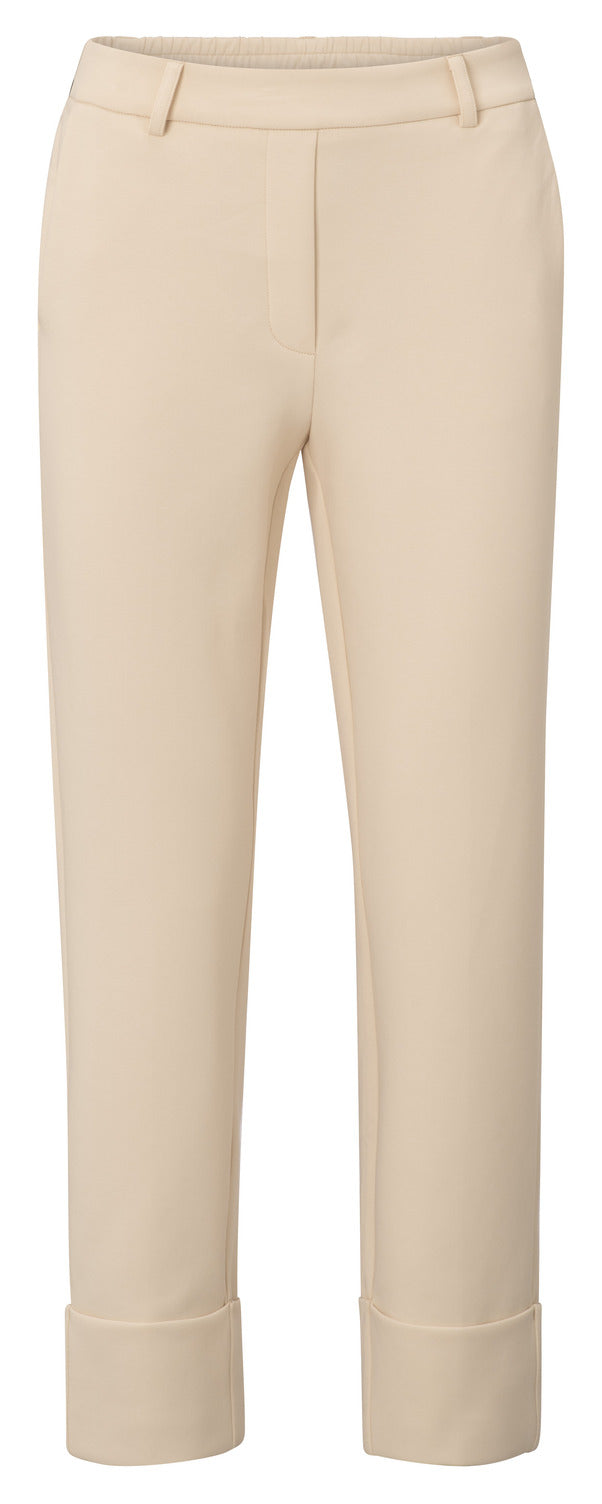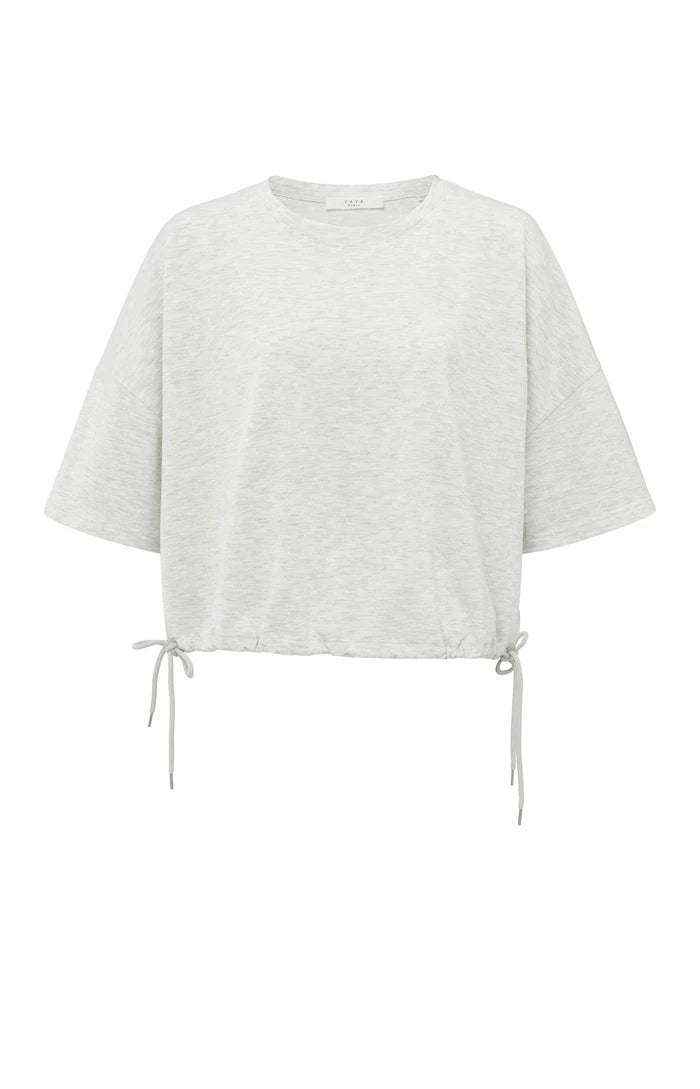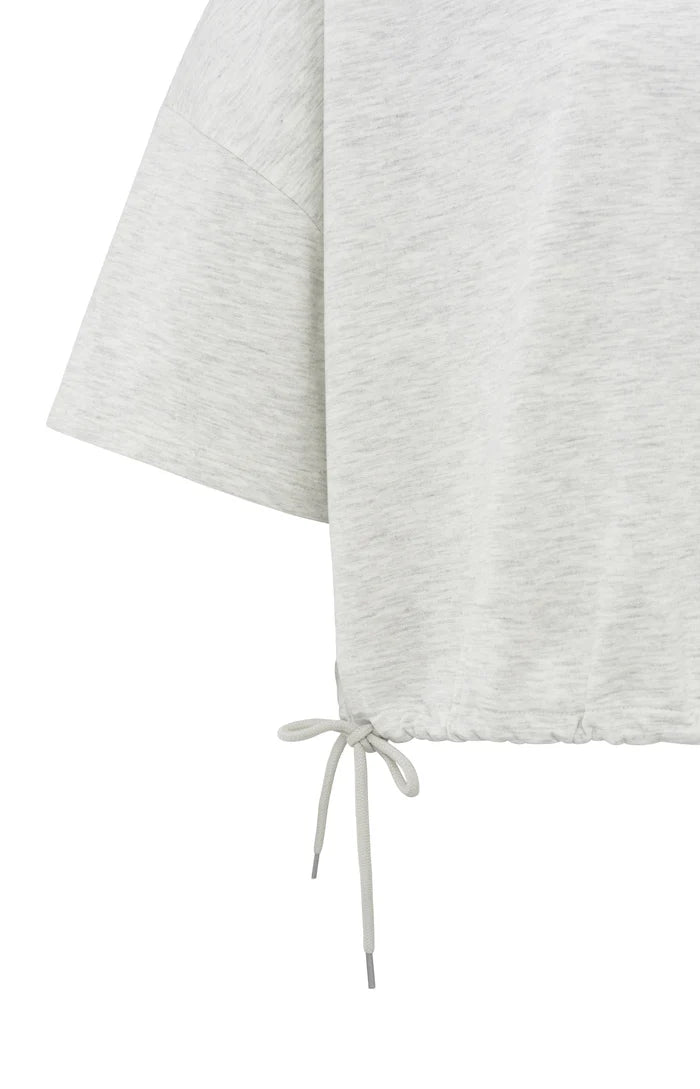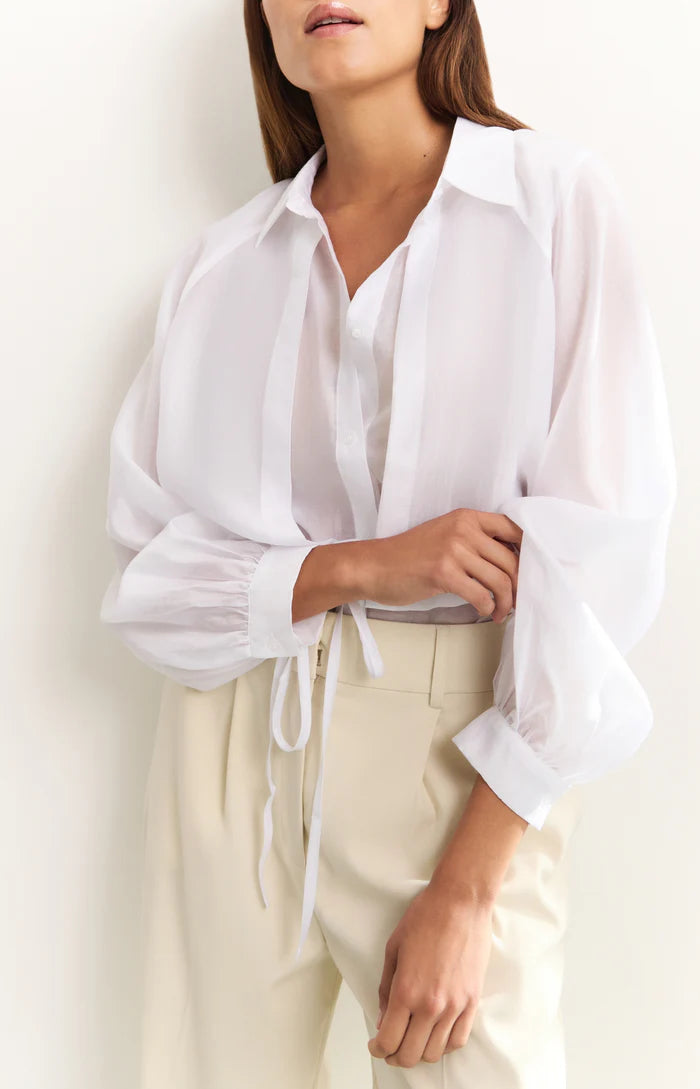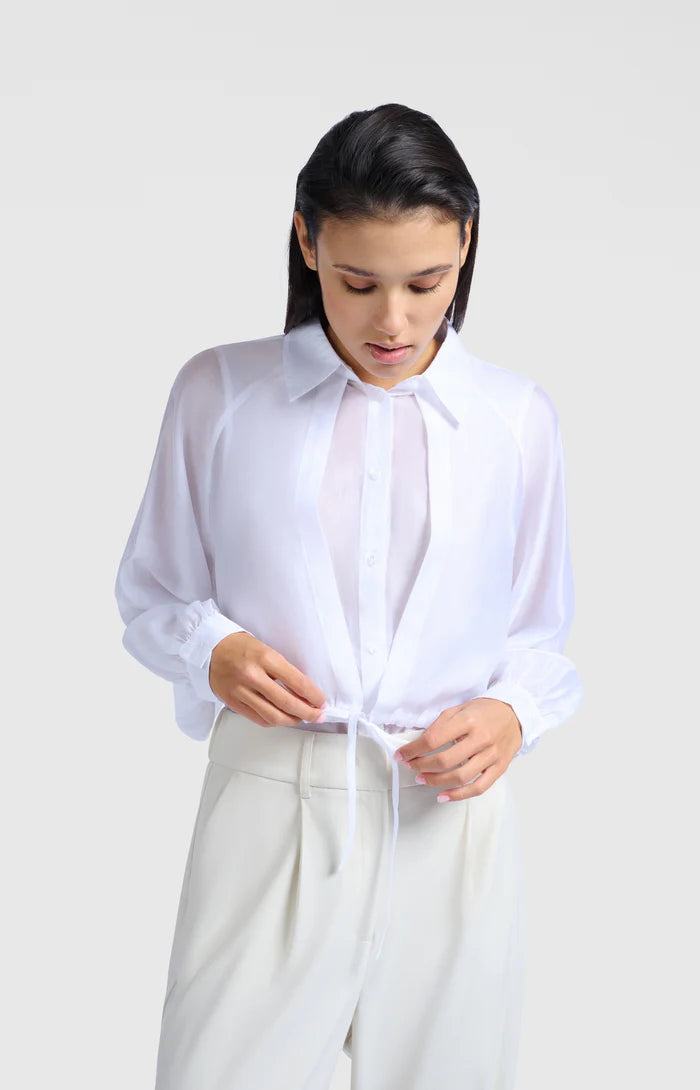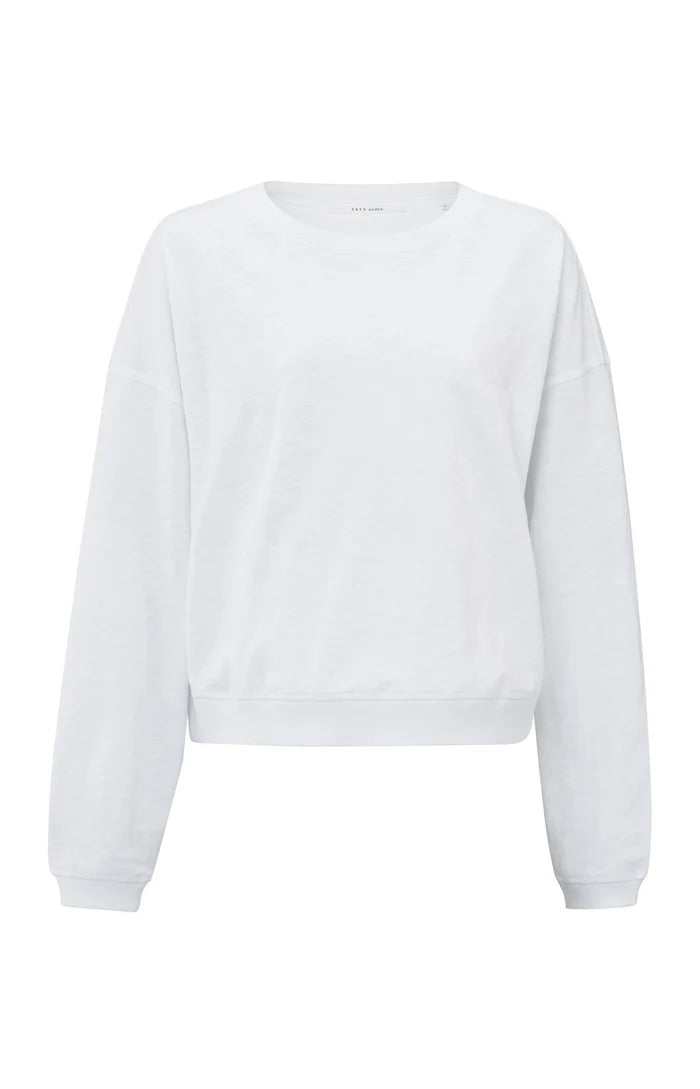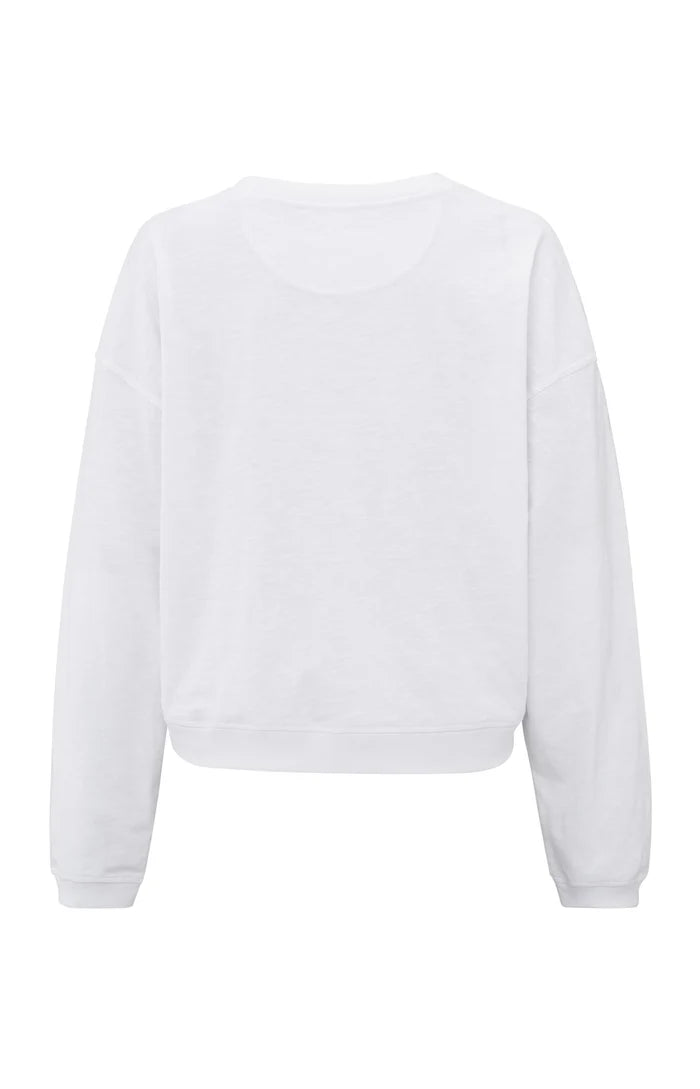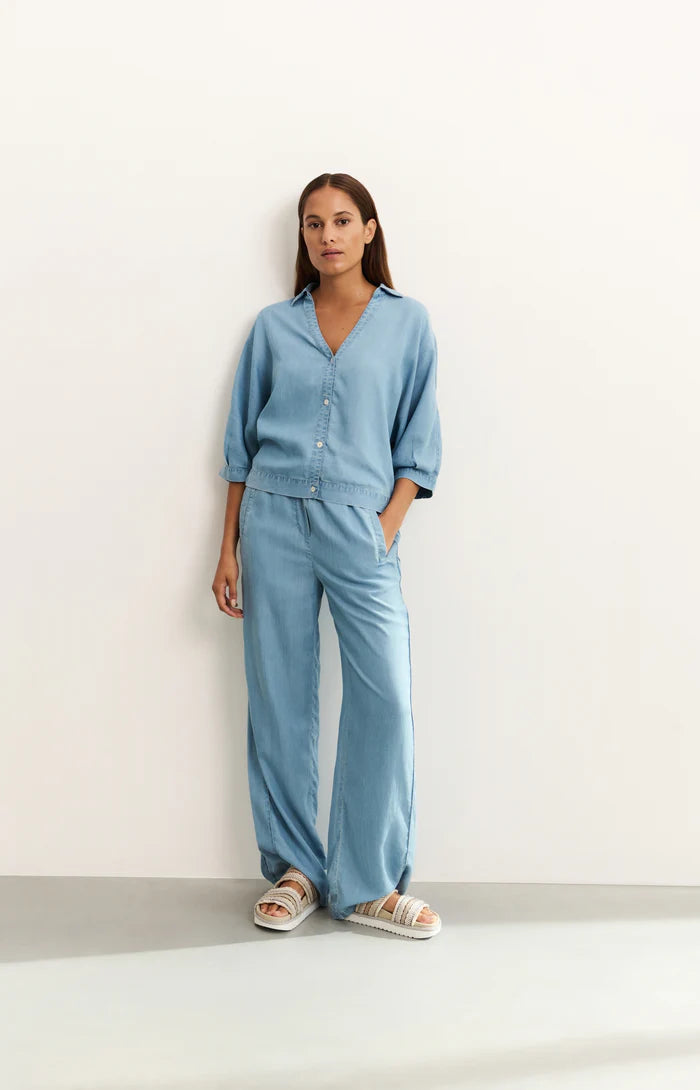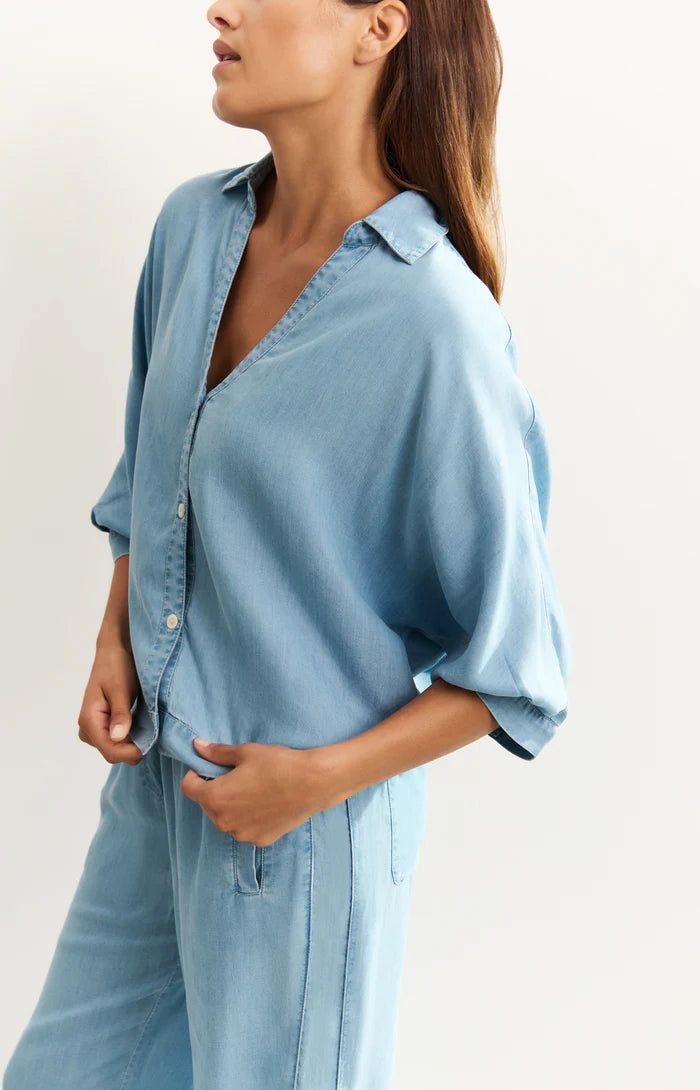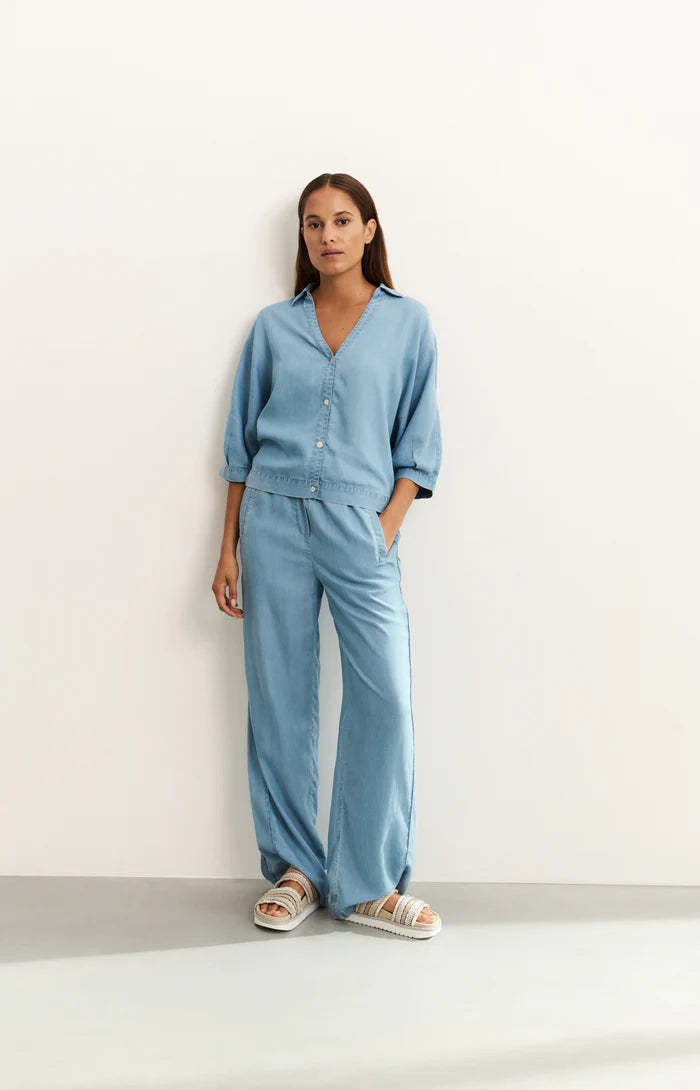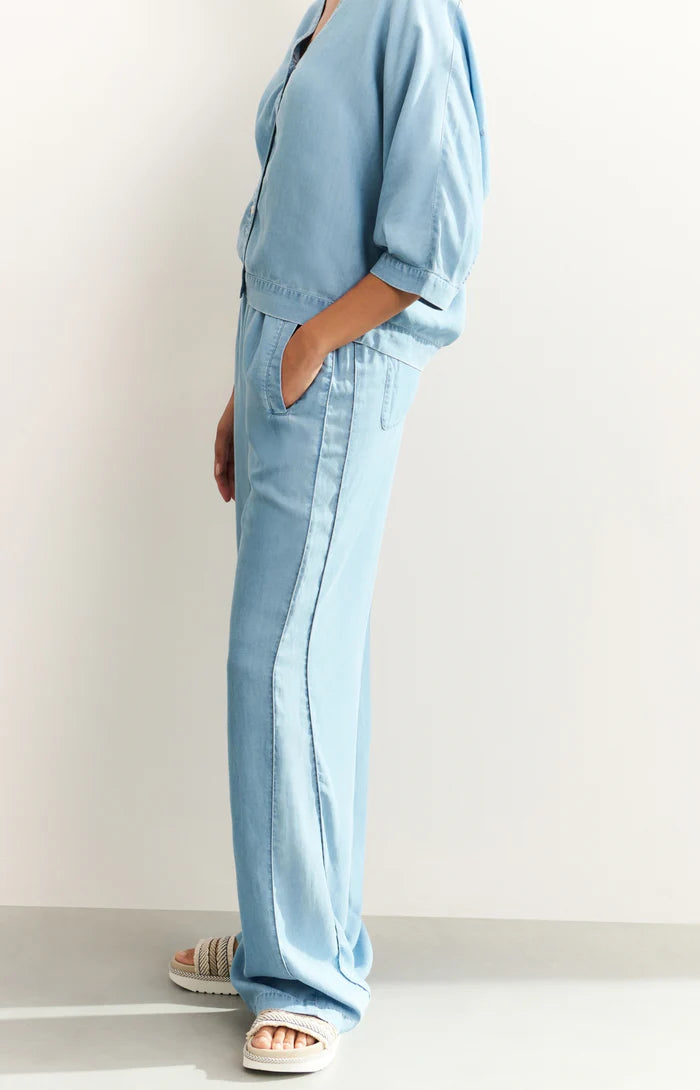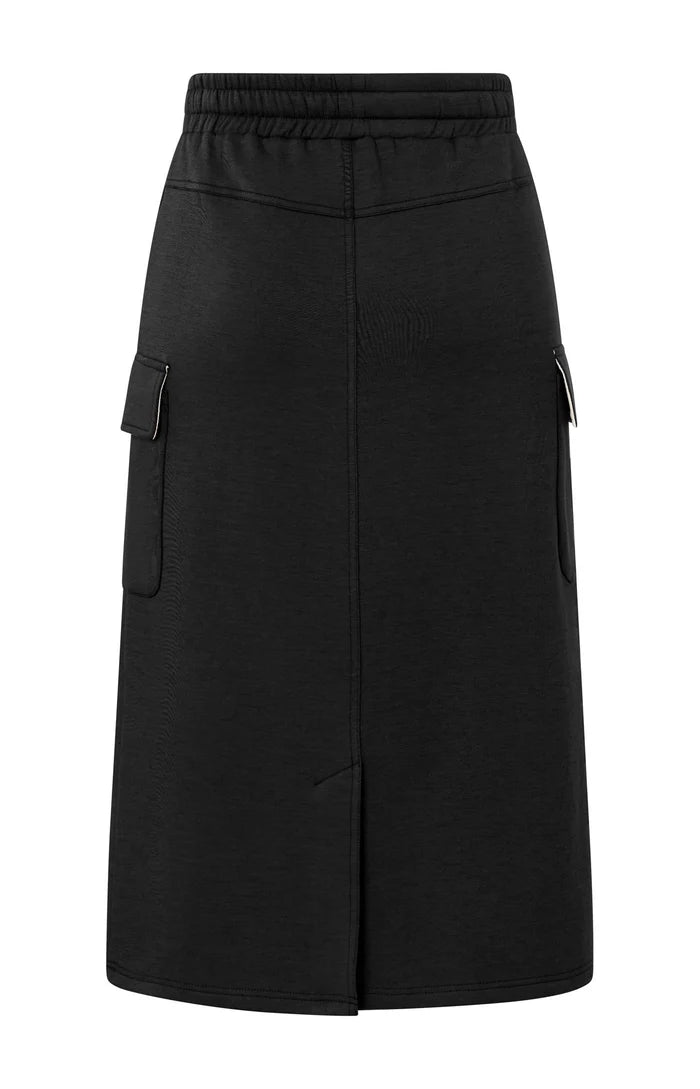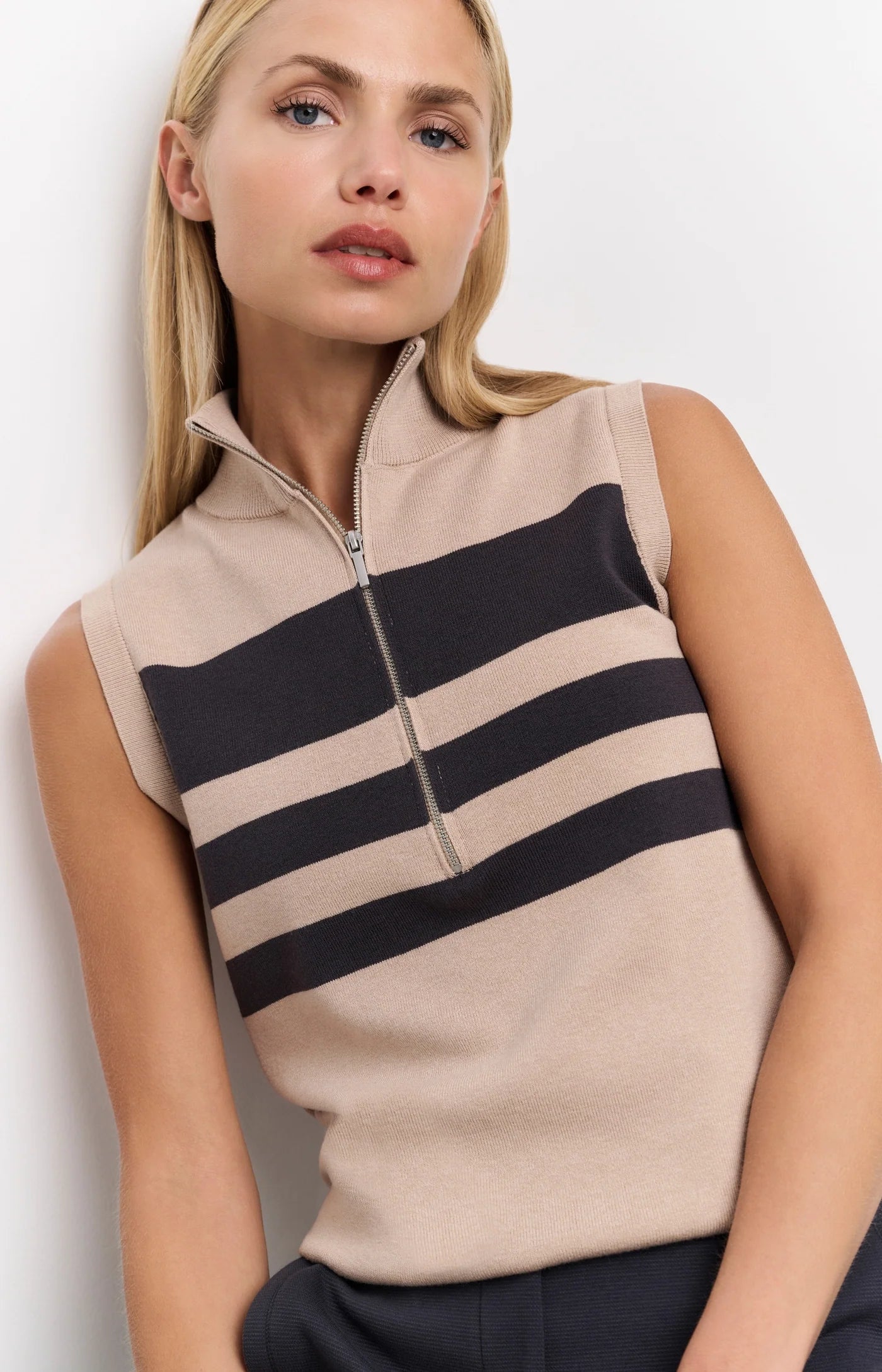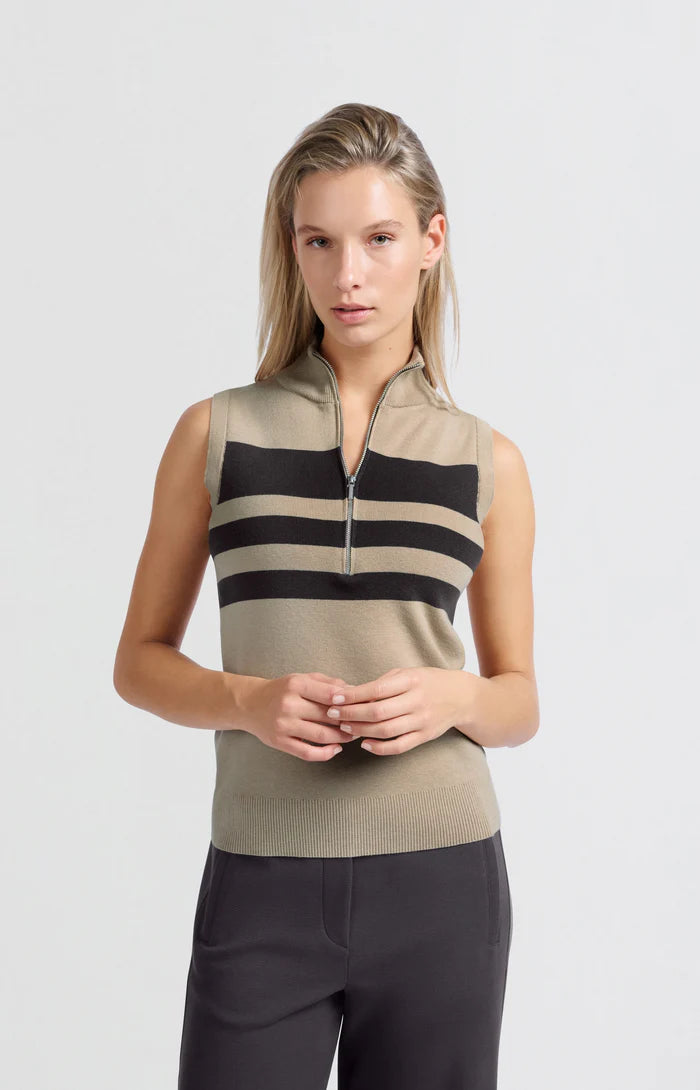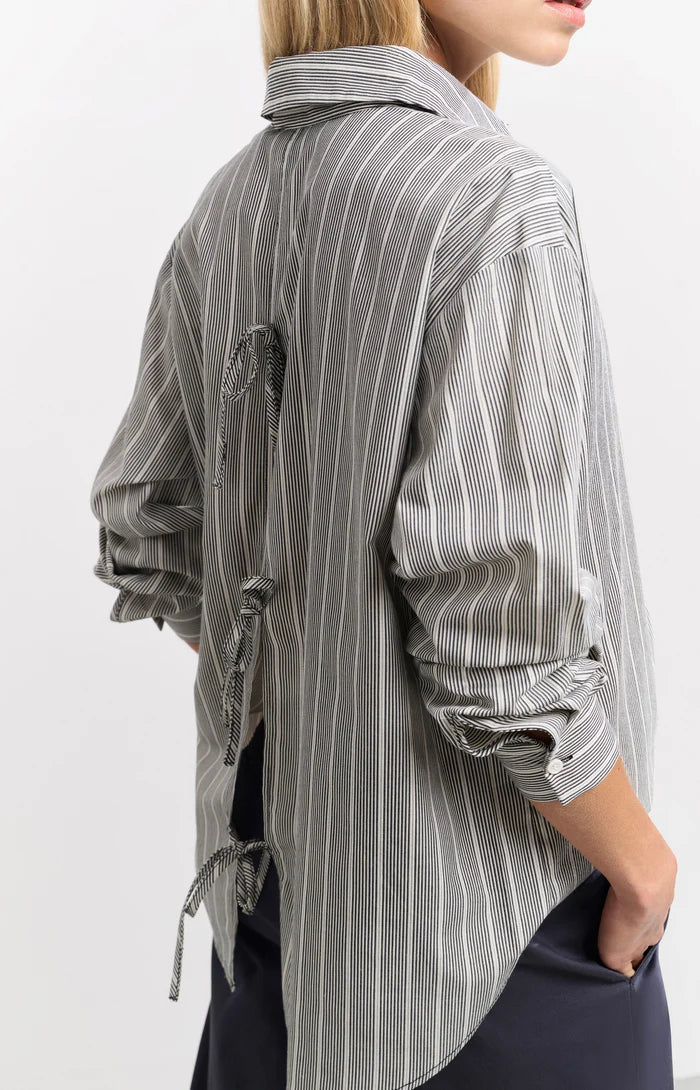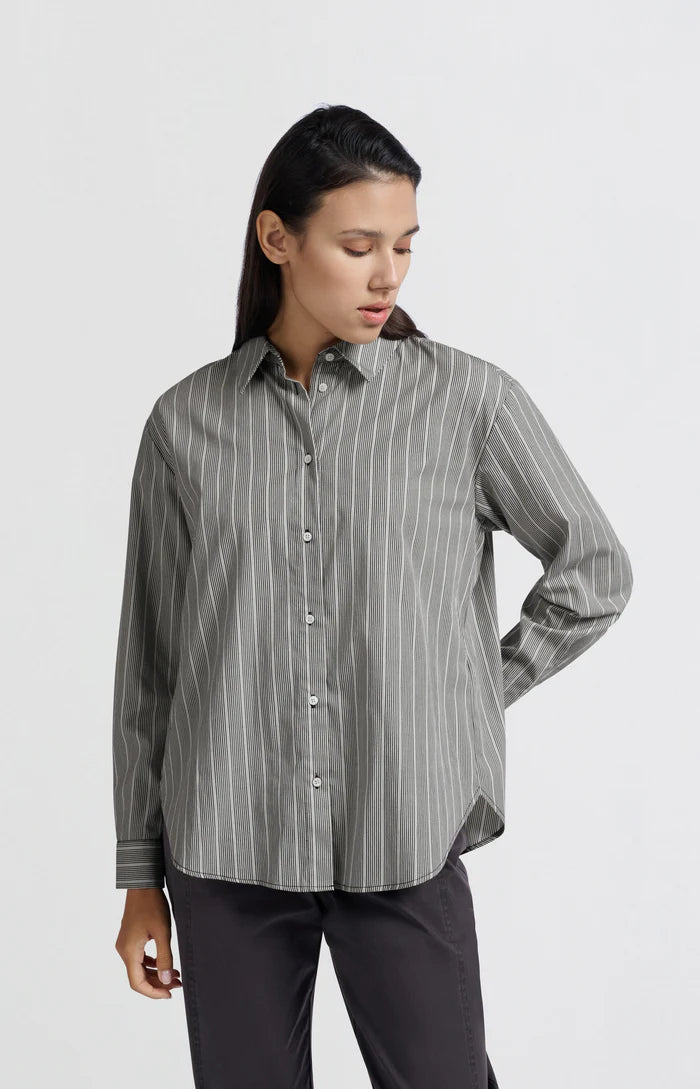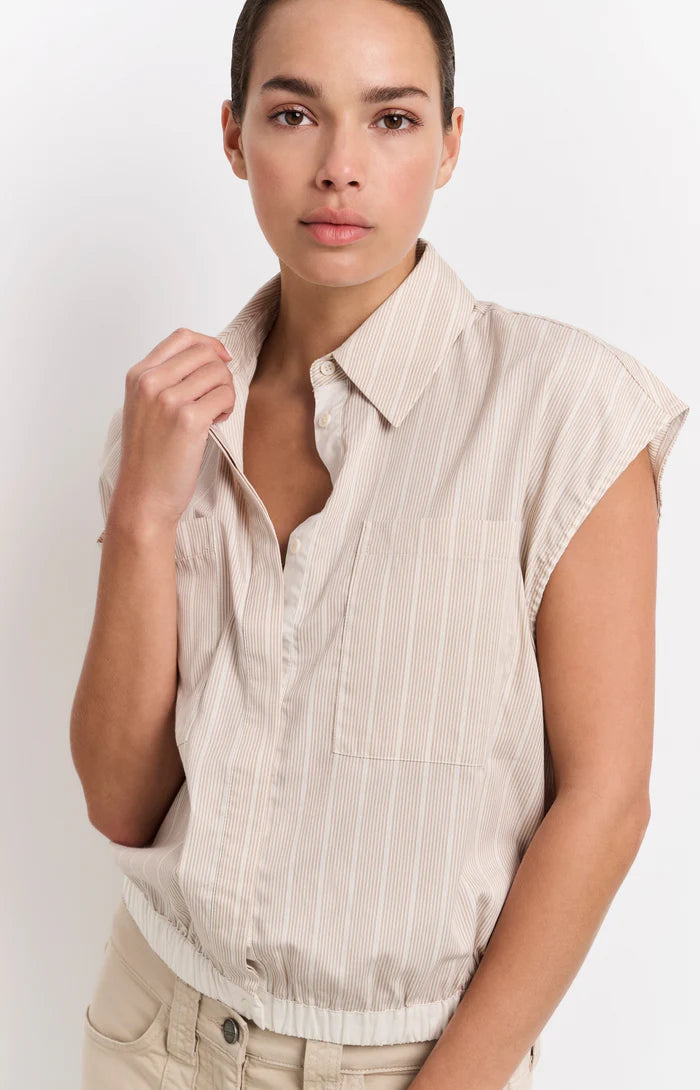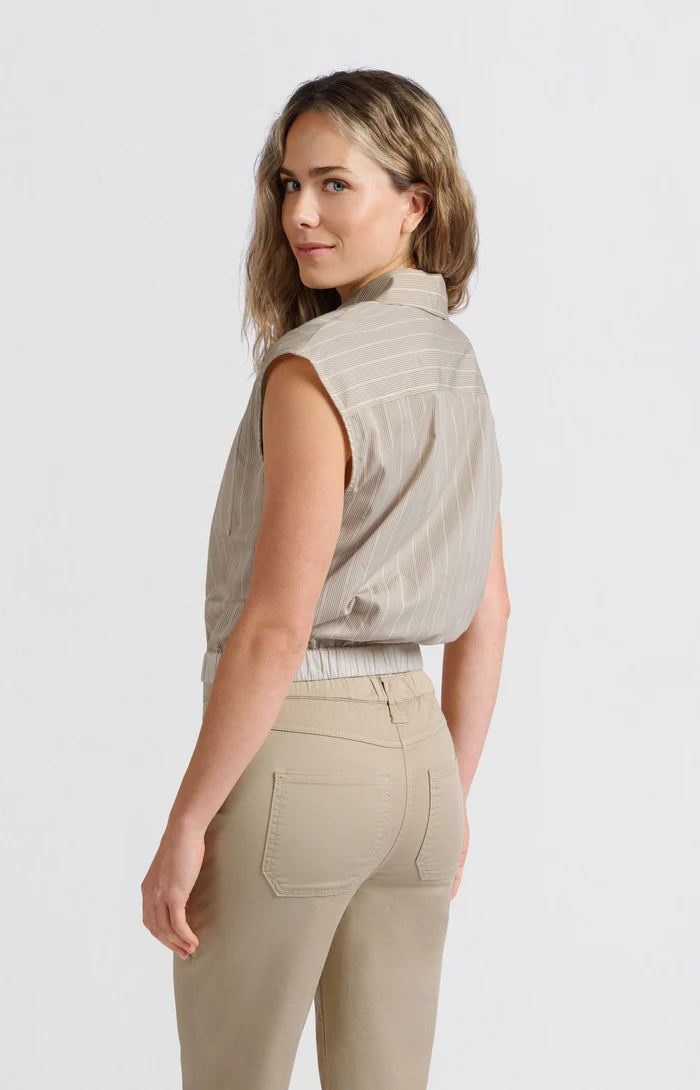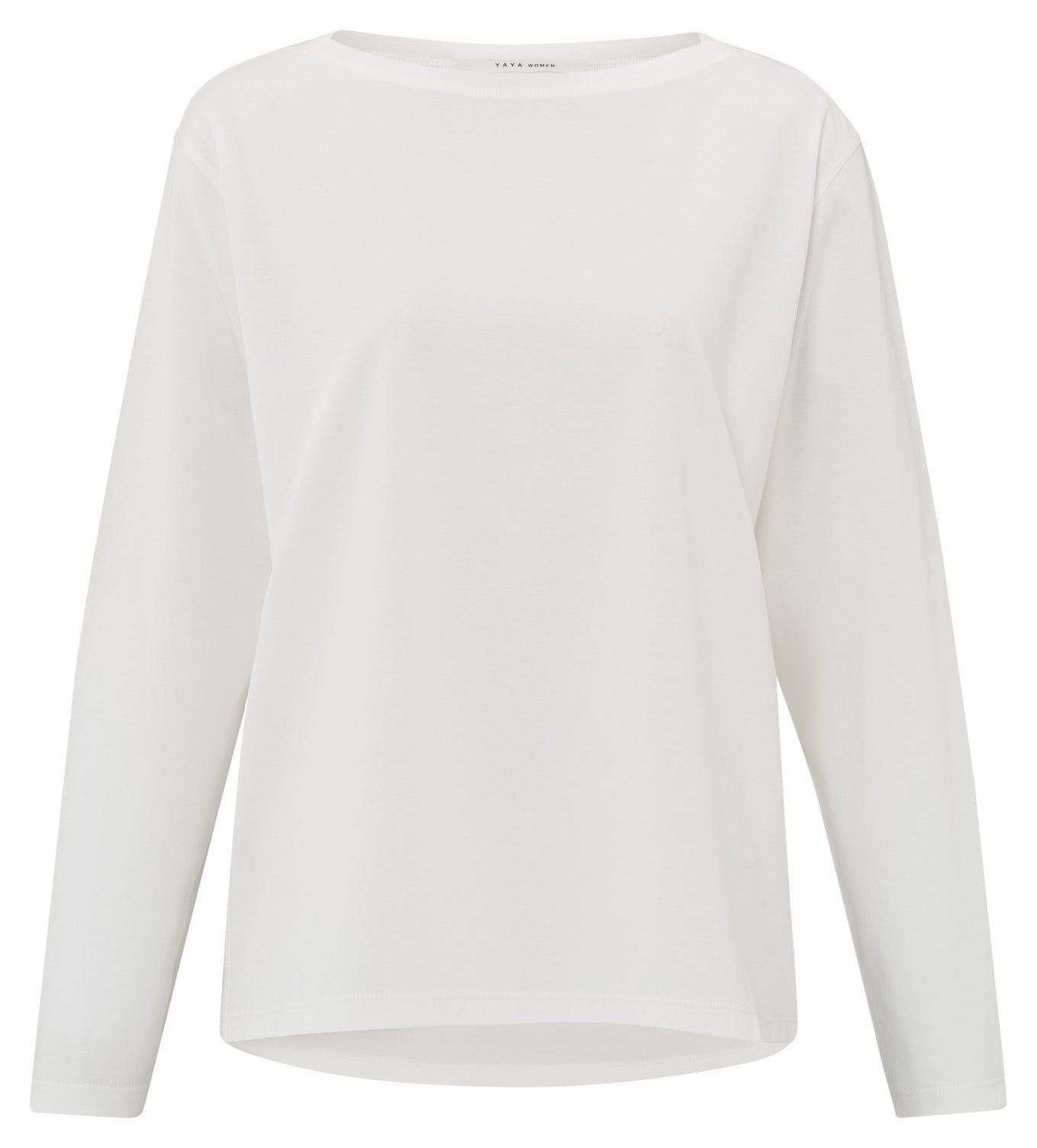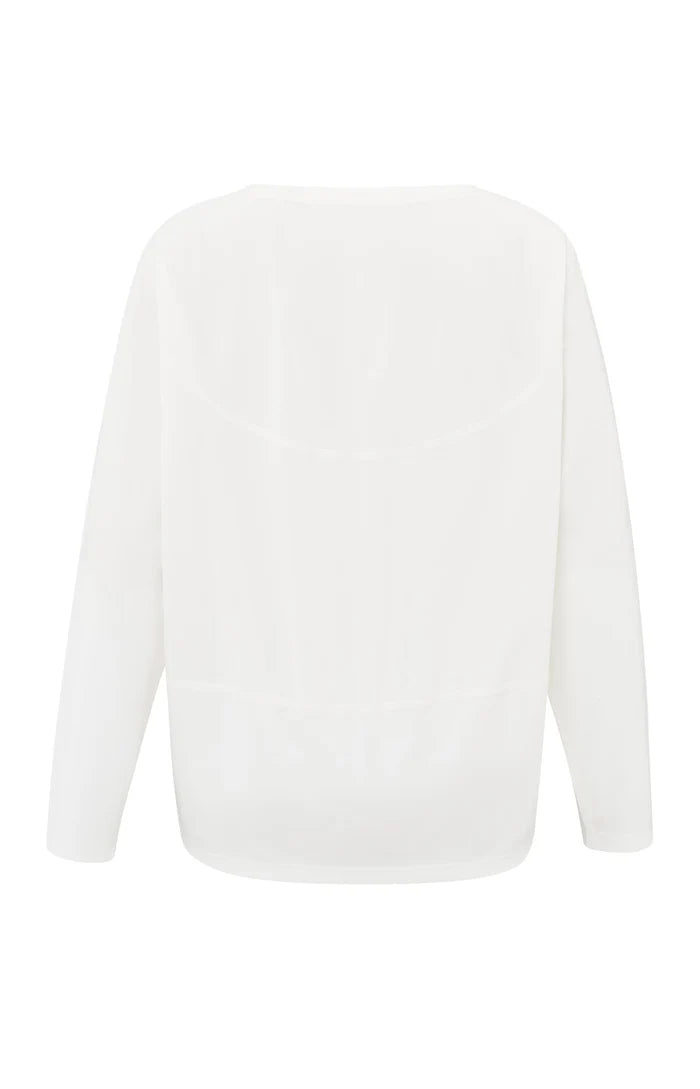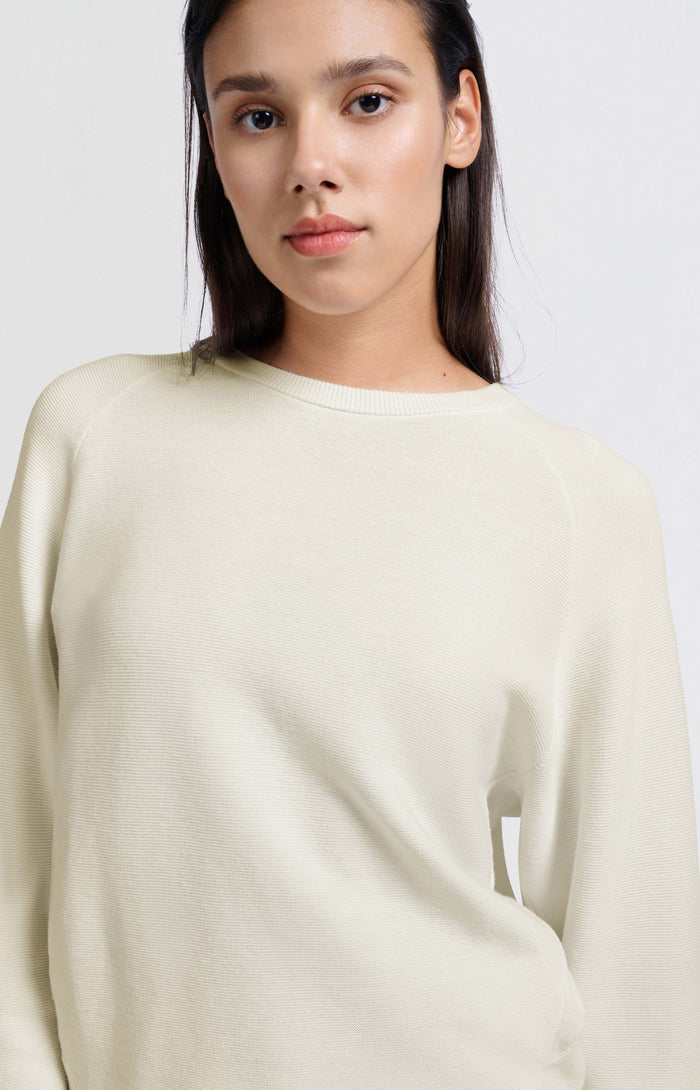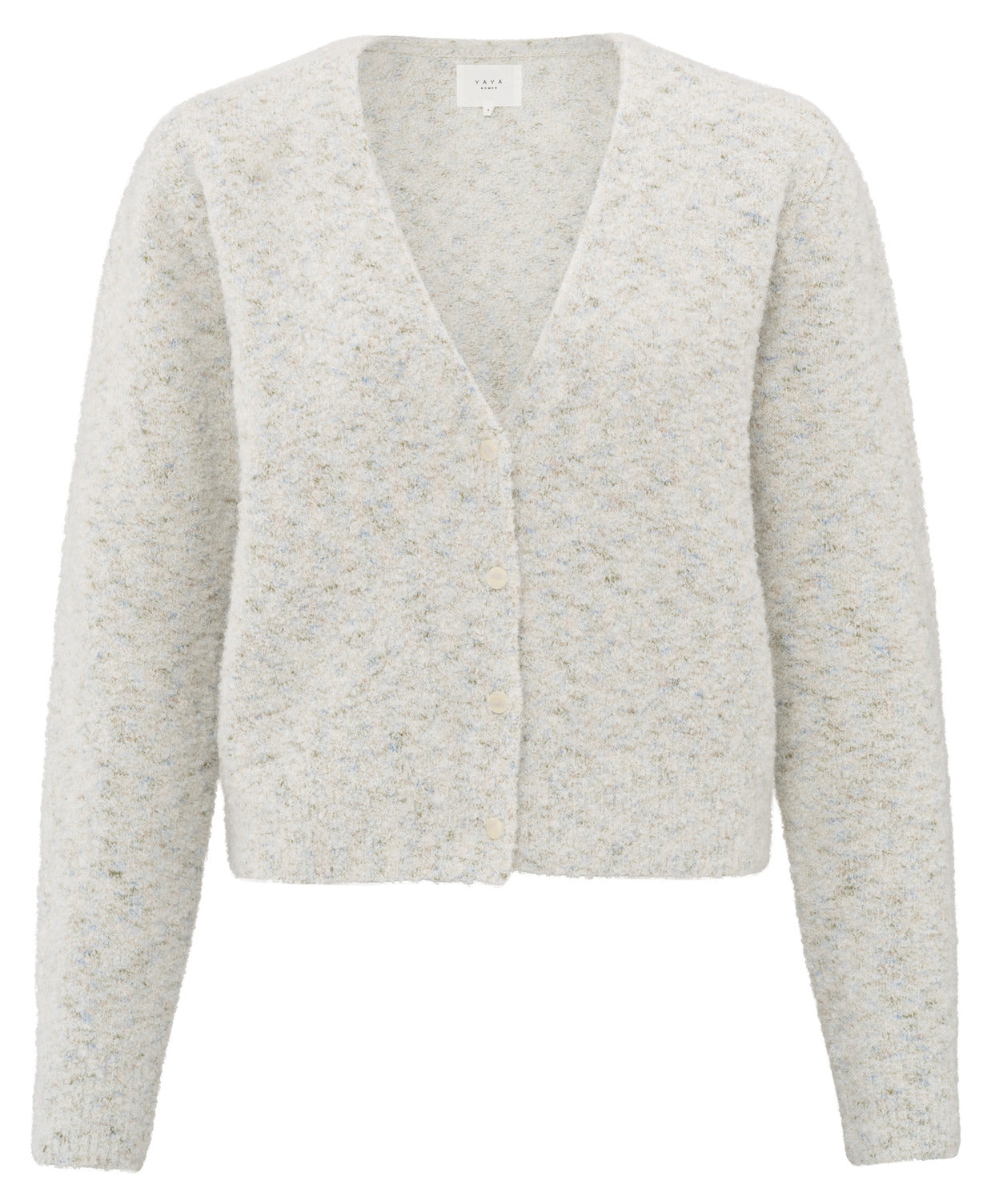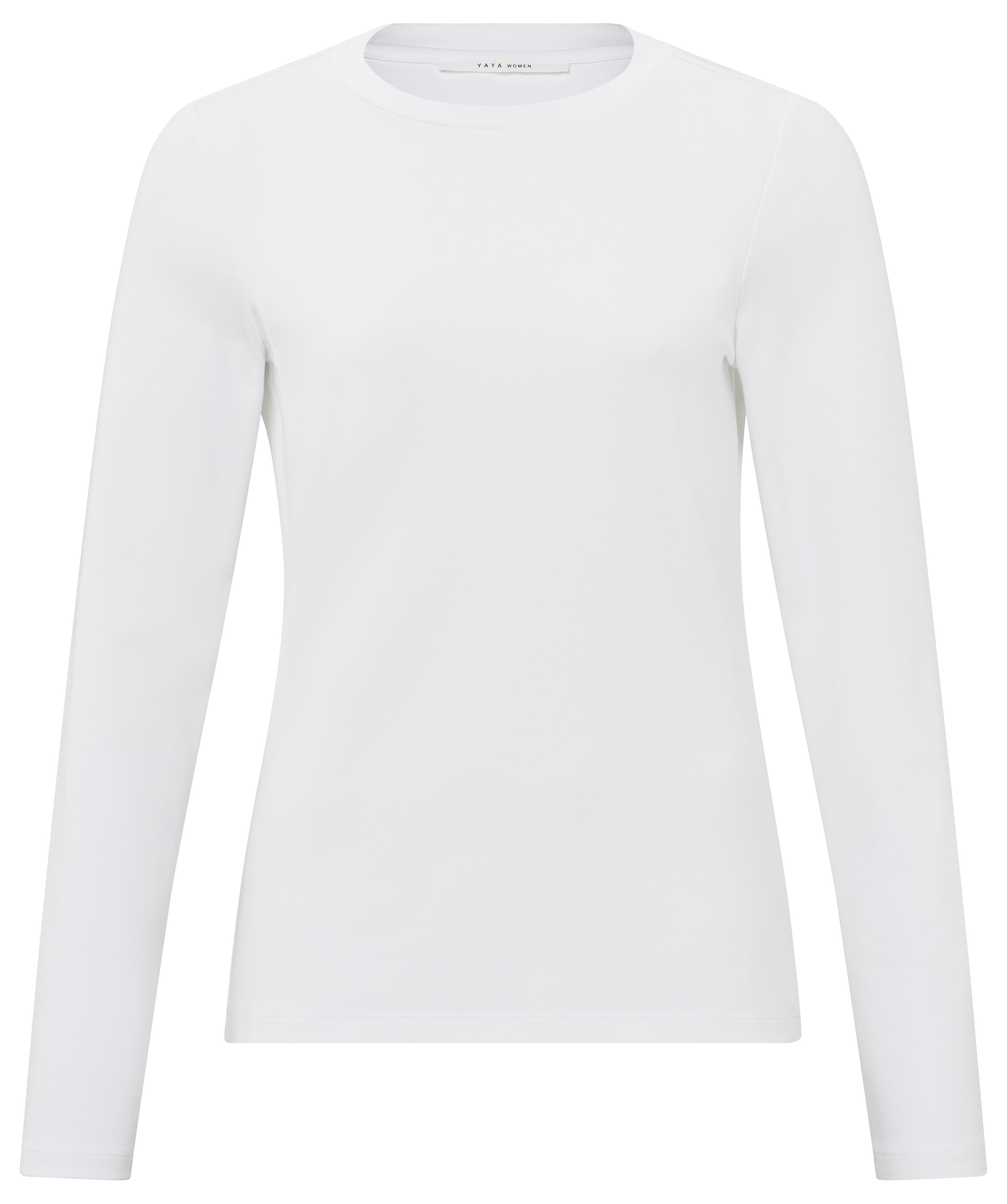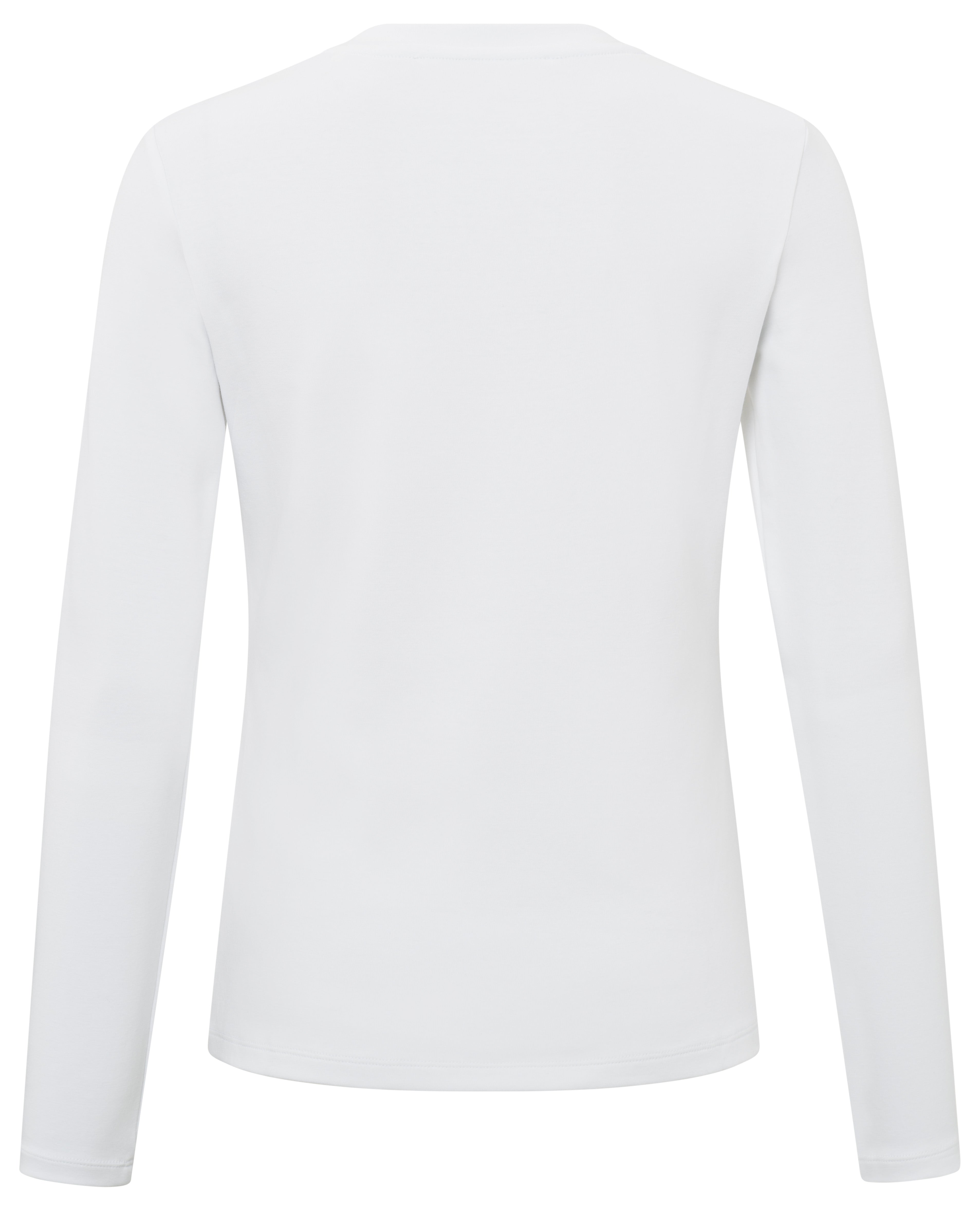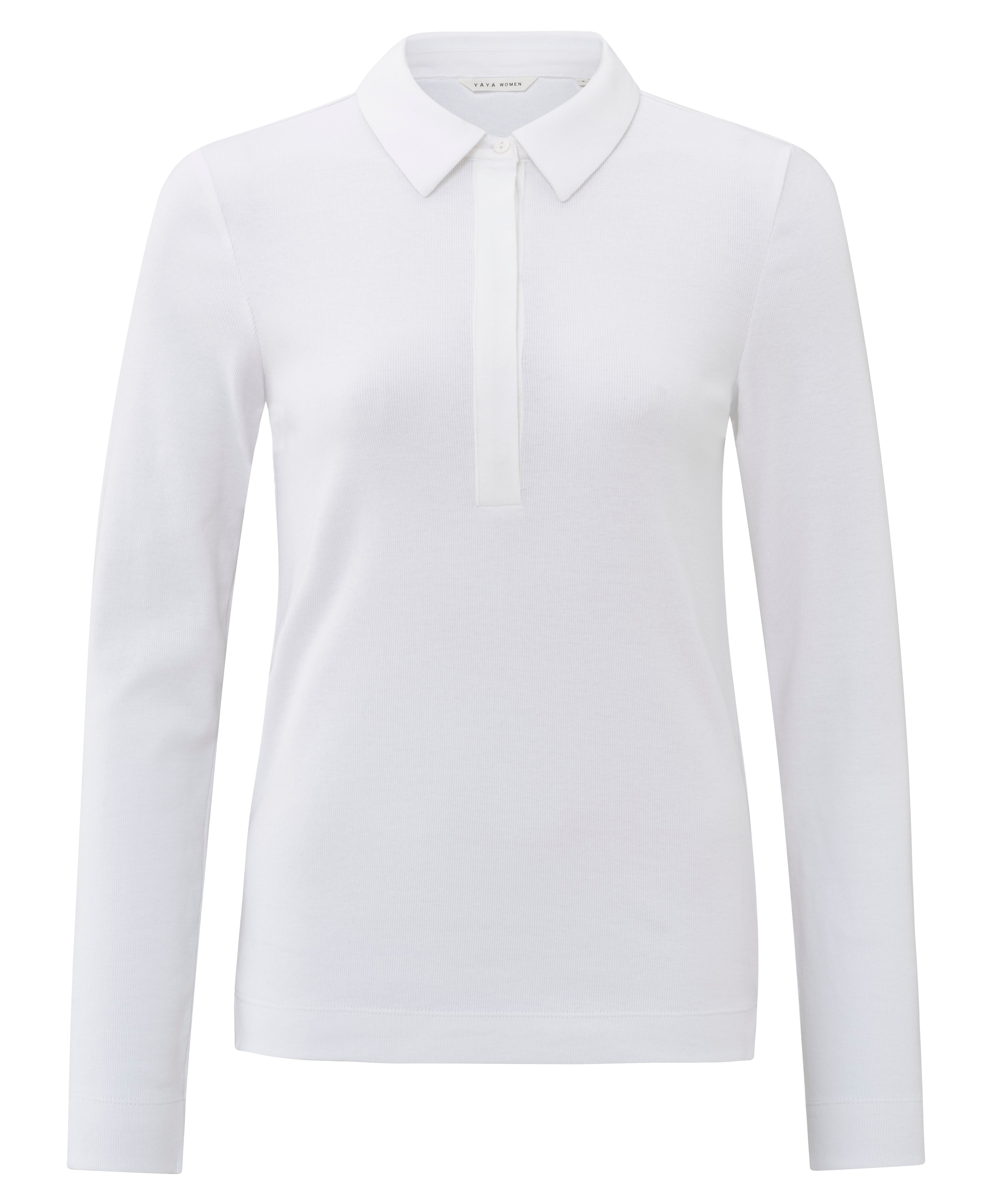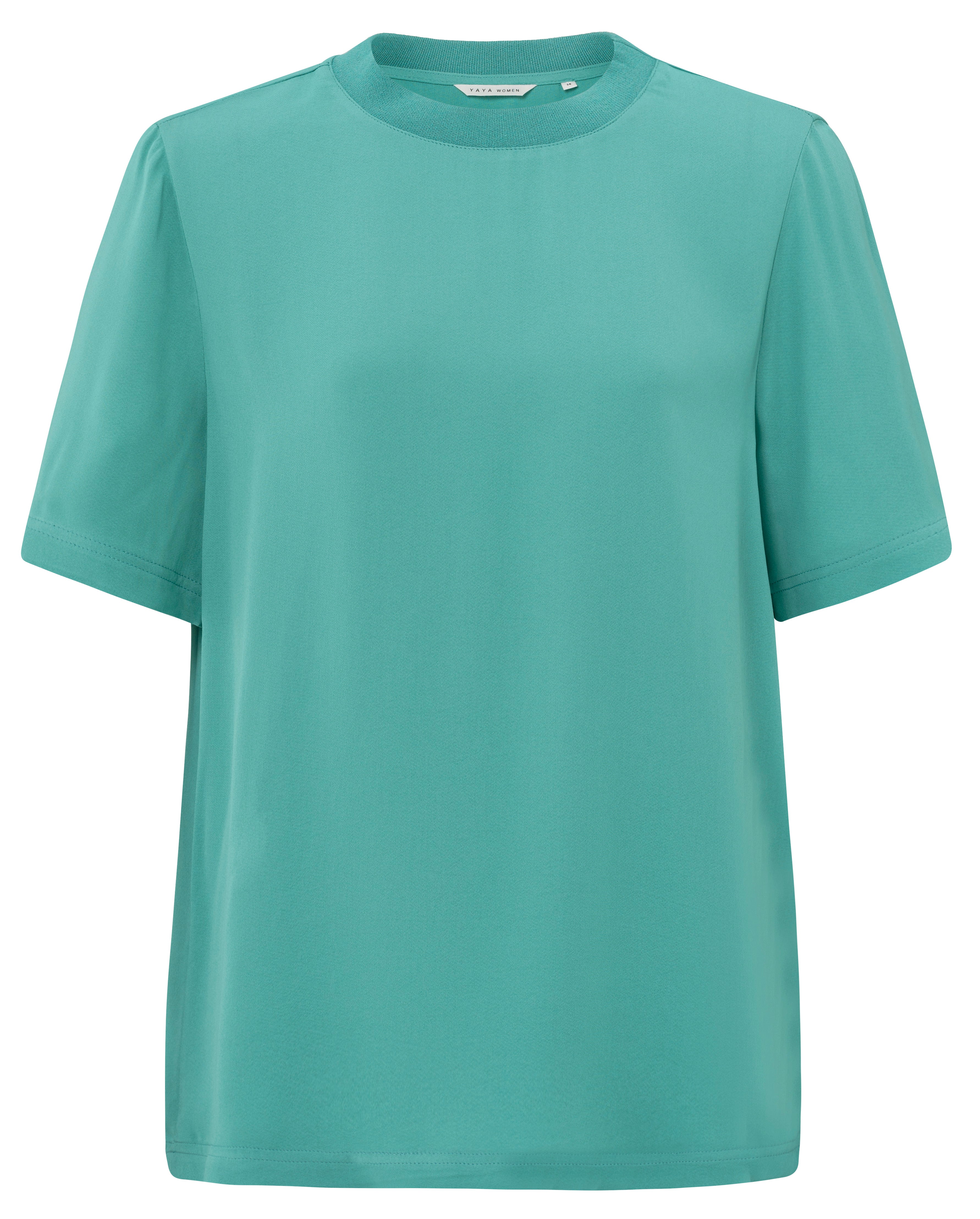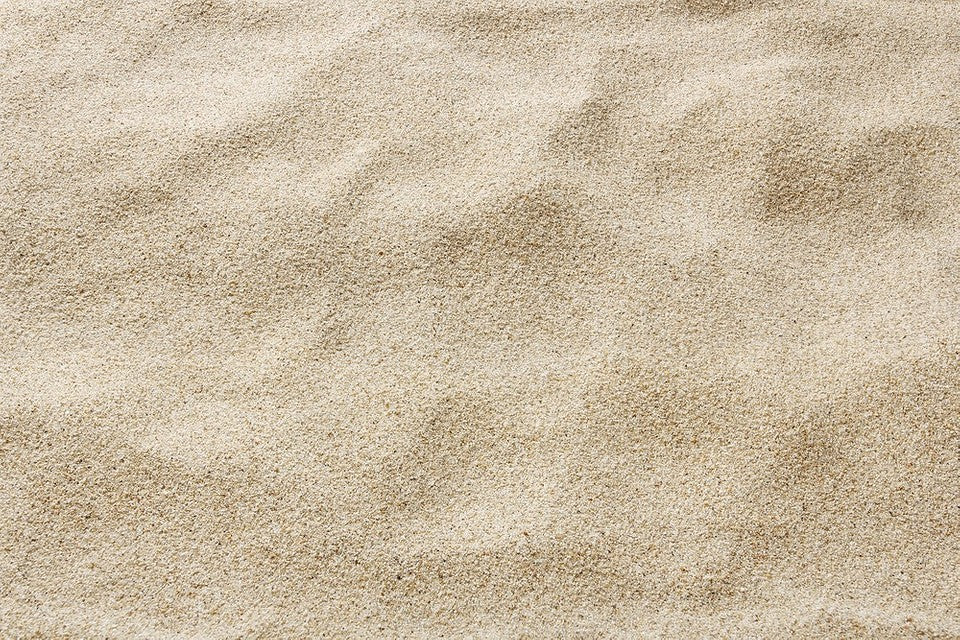
relaxed elegance for all occasions
Discover the YAYA Women collection
New pieces to our summer collection at YAYA feature soft shades of blue, geometric prints and natural sand tones. These elements are the essence of our brand and reflect our commitment to minimalist and elegant designs.
At YAYA, we strive to create clothes that combine style and comfort. Soft blue tones add a touch of freshness and serenity to our designs, while geometric prints bring a modern and graphic touch. Natural sand tones perfectly complement our summer aesthetic, evoking peaceful, natural landscapes.
Airy and lightweight silhouettes are designed to keep you feeling fresh and free to move, perfect for hot summer days. We pay great attention to feminine details, such as delicate ruffles, elegant cutouts and subtle bows, which add a touch of romance and femininity to our designs.
What makes our summer collection unique are the desert-inspired elements. We've drawn inspiration from desert landscapes, sandy textures and warm, natural colors to create pieces that capture the imagination. Imagine yourself wearing a light dress with a print reminiscent of sand dunes or a delicate blouse with cutouts inspired by desert patterns. These quirky touches add a special dimension to our minimalist designs.

ABOUT YAYA
Founded in 1992, YAYA is a small fashion brand that has evolved into what it is today: a Dutch lifestyle brand for women with refined taste, who like to find the perfect balance between elegance and casualness. . We passionately design stylish clothing and home décor items in timeless and natural color palettes.
You can discover the collections all over the world, in more than 2700 points of sale. To fully experience the mood and atmosphere of our brand, you are welcome to visit our concept stores in the Netherlands, Belgium, Germany, France, Poland, China and Ireland.

The YAYA approach and philosophy
All of our fabrics and prints come to life at our headquarters in Halfweg. Their in-house stylists lovingly shape all of their designs. they are committed to ensuring the highest quality in every item, which is why they test rigorously until we are completely satisfied.
YAYA wants women to feel good and discover the strength that lies in stylish clothes that are actually comfortable. They advocate that feeling good and stylish in your clothes gives you radiant confidence.

TIMELESS COLLECTIONS
YAYA consciously creates timeless collections made from high-quality materials and in natural tones, so that you can combine them endlessly. As these items last for several seasons, you can easily combine our old collections with our new selections. Our clothes are characterized by their romantic and feminine elements, accompanied by a touch of daring to balance softness.
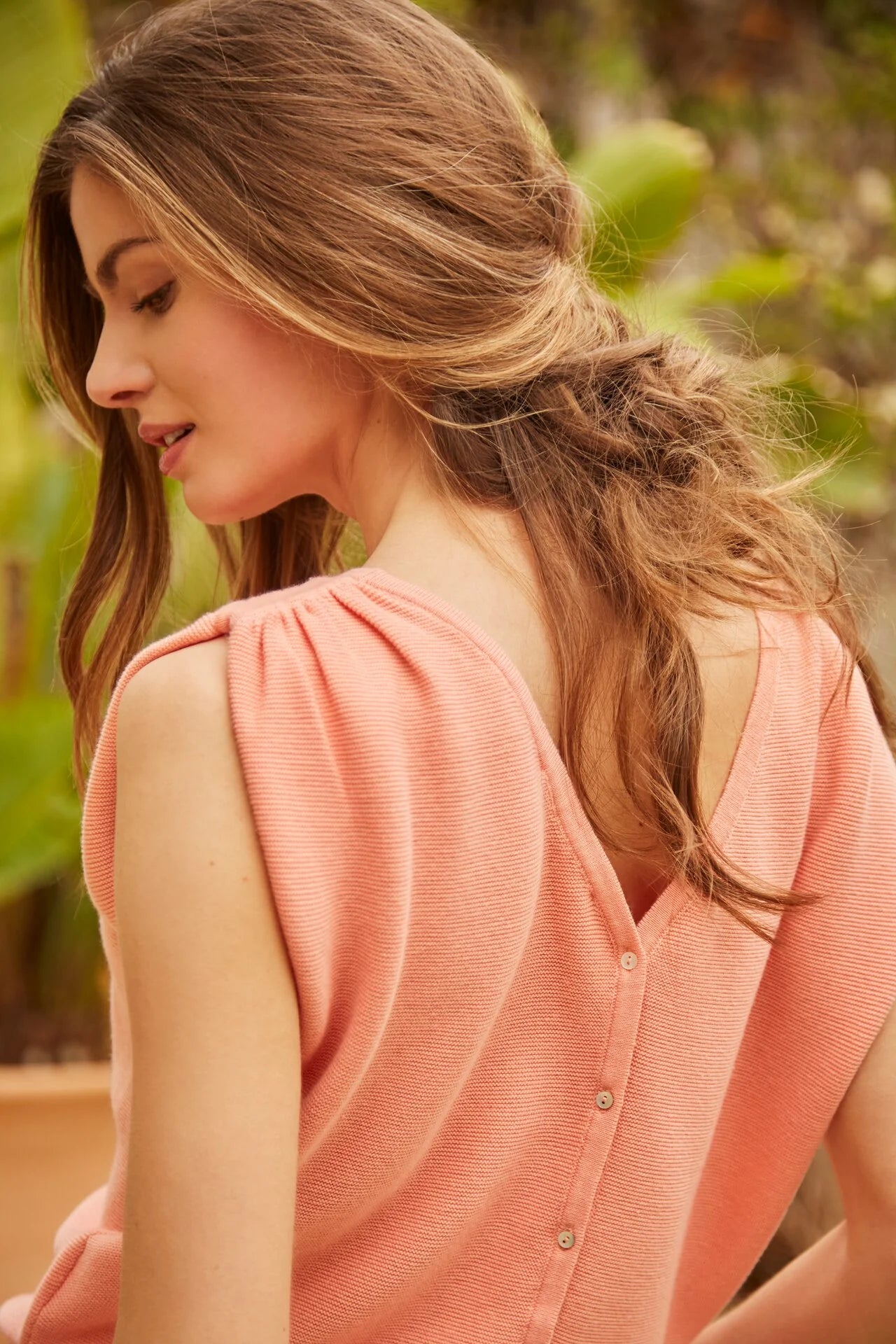
Collection for the home
The timelessness of our clothes is also reflected in our home collection. Using a harmonious blend of textures and materials, we create unique pieces that add warmth and authenticity to your interior. At the moment, our home collection is exclusively available in our concept stores. We are currently working on launching it online, so keep an eye out.
In conclusion, YAYA is a brand that offers a unique combination of elegance, comfort and style. With our timeless collections, meticulous approach and commitment to quality, we strive to inspire women to feel confident and embrace their unique beauty. Explore our fashion and home décor collections to experience the essence of YAYA with your own eyes.
YAYA-FAQs
YAYA are recognized for the use of quality materials and soft colors. The materials are carefully selected. Each fabric has its own characteristic properties with matching characteristics. Before a garment is put into production, extensive washing and pilling tests are carried out to limit the risk of shrinkage and pilling.
Maintenance for each material
FABRIC
Cotton is a natural fiber that comes from the seeds of the cotton plant. Due to its hard-wearing character, it is a durable material. In addition, cotton is soft on the skin and easy to maintain.
INTERVIEW
Wash clothes inside out whenever possible and wash delicate fabrics in a laundry bag. For colored clothes, use a colored detergent. White detergents may contain bleach and should only be used for pure white laundry. Especially during the first washes, clothes can bleed color, so it is best to wash them with similar colors.
Dryers use a lot of energy, can shrink your clothes and wear them out faster. Dry your clothes as much as possible on a drying rack out of direct sunlight. This is not only more durable, but you will also be able to enjoy your clothes for longer.
The washing instructions described are guidelines for the materials in their purest form. Before washing your garment, always check the washing label inside the garment.
WASHING
Wash at a maximum temperature of 30 degrees initially, then at a maximum temperature of 40 degrees. Tip: add a small amount of natural vinegar (1 dl) to the wash for better color retention.
DRYING
Dry the cotton preferably upside down on a drying rack away from direct sunlight. If you prefer to use a dryer, turn your garment inside out and dry it on low heat.
IRONING
Cotton has low elasticity and creases quickly. Iron 100% cotton garments inside out at a maximum temperature of 200 degrees. If it is a cotton blend, it is recommended to iron at a maximum temperature of 110 degrees.
TASKS
Cotton can be treated with a specific stain remover applied directly to the stain. Don't soak too long. Rinse manually, then wash as directed.
Delicate wash
Very delicate wash
Delicate wash (cotton)
Hand wash at a maximum temperature of 30 degrees
Not suitable for the washing machine
Do not use bleach
Tumble dry low
Not suitable for a dryer
Dry flat
Iron at medium temperature
FABRIC
Cotton is a natural fiber that grows from the seeds of the cotton plant. Due to its hard-wearing character, it is a durable material. In addition, cotton is soft on the skin and easy to maintain.
INTERVIEW
Wash clothes inside out whenever possible and wash delicate fabrics in a laundry bag. For colored clothes, use a colored detergent. White detergents may contain bleach and should only be used for pure white laundry. Especially during the first washes, clothes can bleed color, so it is best to wash them with similar colors.
Dryers use a lot of energy, can shrink your clothes and wear them out faster. Dry your clothes as much as possible on a drying rack out of direct sunlight. This is not only more durable, but you will also be able to enjoy your clothes for longer.
The washing instructions described are guidelines for the materials in their purest form. Before washing your garment, always check the washing label inside the garment.
WASHING
Wash at a maximum temperature of 30 degrees initially, then at a maximum temperature of 40 degrees.
Tip: add a small amount of natural vinegar (1 dl) to the wash for better color retention.
DRYING
Preferably dry the cotton upside down on a drying rack away from direct sunlight. If you prefer to use a dryer, turn your garment inside out and dry on low heat.
IRONING
Cotton has low elasticity and creases quickly. Iron 100% cotton garments inside out at a maximum temperature of 200 degrees. If it is a cotton blend, it is recommended to iron at a maximum temperature of 110 degrees.
TASKS
Cotton can be treated with a specific stain remover applied directly to the stain. Don't soak too long. Rinse manually, then wash as directed.
Delicate wash
Very delicate wash
Delicate wash (cotton)
Hand wash with a maximum temperature of 30 degrees
Not suitable for the washing machine
Do not use bleach
Tumble dry low
Not suitable for a dryer
Dry flat
Iron at medium temperature
FABRIC
Cupro is a natural fiber produced from cotton cellulose. Cupro breathes, absorbs moisture, is hypoallergenic and has a naturally soft drape. The material is reminiscent of silk due to its slight sheen and is therefore also called artificial silk.
INTERVIEW
Wash clothes inside out whenever possible and wash delicate fabrics in a laundry bag. For colored clothes, use a colored detergent. White detergents may contain bleach and should only be used for pure white laundry. Especially in the first washes, clothes can bleed color, so it is best to wash them with similar colors.
Dryers use a lot of energy, can shrink your clothes and wear them out faster. Dry your clothes as much as possible on a drying rack out of direct sunlight. This is not only more durable, but you will also be able to enjoy your clothes for longer.
The washing instructions described are guidelines for the materials in their purest form. Before washing your garment, always check the washing label inside the garment.
WASHING
Wash cupro as little as possible to preserve its quality. Preferably hang the garment to air it out or have it cleaned by a professional dry cleaner. If you wish, wash it at a maximum temperature of 30 degrees on a delicate program with a reduced spin.
DRYING
Preferably dry the cupro upside down on a drying rack out of direct sunlight. Carefully shape the garment back into shape before hanging it on the line. Never put in the dryer.
IRONING
Iron the cupro upside down and slightly damp at low temperature without steam.
TASKS
In the event of stains, it is best to take the garment to a professional dry cleaner.
WASHING SYMBOLS
Delicate wash
Very delicate wash
Delicate wash (cotton)
Hand wash with a maximum temperature of 30 degrees
Not suitable for the washing machine
Do not use bleach
Tumble dry low
Not suitable for a dryer
Dry flat
Iron at medium temperature
FABRIC
Viscose is a semi-organic substance mainly extracted from the wood of trees. Viscose is created by a chemical process from small particles of wood from which cellulose is formed. The material resembles silk in its appearance.
INTERVIEW
Wash clothes inside out whenever possible and wash delicate fabrics in a laundry bag. For colored clothes, use a colored detergent. White detergents may contain bleach and should only be used for pure white laundry. Especially in the first washes, clothes can bleed color, so it is best to wash them with similar colors.
Dryers use a lot of energy, can shrink your clothes and wear them out faster. Dry your clothes as much as possible on a drying rack out of direct sunlight. This is not only more durable, but you will also be able to enjoy your clothes for longer.
The washing instructions described are guidelines for the materials in their purest form. Before washing your garment, always check the washing label inside the garment.
WASHING
Wash viscose inside out in a wash bag as much as possible to prevent wear. Wash at a maximum temperature of 30 degrees on a delicate wash program with a reduced spin. Viscose may shrink 3-5% during washing, garment can be ironed to return to original shape after washing.
DRYING
Dry the viscose preferably by placing it on a drying rack. Never put in the dryer.
IRONING
Iron the viscose inside out in a slightly damp state at a low temperature. A handheld steamer can also help remove the worst creases.
TASKS
Viscose can be treated with a liquid detergent applied directly to the stain. The fiber is half strong when wet, so do not rub or brush. Rinse manually and wash as directed.
WASHING SYMBOLS
Delicate wash
Very delicate wash
Delicate wash (cotton)
Hand wash with a maximum temperature of 30 degrees
Not suitable for the washing machine
Do not use bleach
Tumble dry low
Not suitable for a dryer
Dry flat
Iron at medium temperature
FABRIC
Modal is an artificial fiber extracted from natural raw materials. Modal is created by a chemical process from small particles of wood from which cellulose is formed. The material is breathable and absorbent, has a nice soft drape and is wrinkle-resistant.
INTERVIEW
Wash clothes inside out whenever possible and wash delicate fabrics in a laundry bag. For colored clothes, use a colored detergent. White detergents may contain bleach and should only be used for pure white laundry. Especially in the first washes, clothes can bleed color, so it is best to wash them with similar colors.
Dryers use a lot of energy, can shrink your clothes and wear them out faster. Dry your clothes as much as possible on a drying rack out of direct sunlight. This is not only more durable, but you will also be able to enjoy your clothes for longer.
The washing instructions described are guidelines for the materials in their purest form. Before washing your garment, always check the washing label inside the garment.
WASHING
Wash modal inside out as much as possible in a laundry bag to prevent wear. Wash at a maximum temperature of 30 degrees on a delicate wash program with a reduced spin.
DRYING
Dry the modal preferably by placing it on a drying rack. In some cases, the modal can be put in a dryer on low heat.
IRONING
Iron the modal inside out at low temperature. A handheld steamer can also help remove the worst creases.
TASKS
Modal can be treated with a liquid detergent applied directly to the stain. Rinse manually, then wash as directed.
WASHING SYMBOLS
Delicate wash
Very delicate wash
Delicate wash (cotton)
Hand wash with a maximum temperature of 30 degrees
Not suitable for the washing machine
Do not use bleach
Tumble dry low
Not suitable for a dryer
Dry flat
Iron at medium temperature
FABRIC
Polyester and polyamide are a combination of different synthetic fibers. Synthetic fibers have a wear-resistant character. The materials are easy to wash, do not shrink and are resistant to sunlight.
INTERVIEW
Wash clothes inside out whenever possible and wash delicate fabrics in a laundry bag. For colored clothes, use a colored detergent. White detergents may contain bleach and should only be used for pure white laundry. Especially in the first washes, clothes can bleed color, so it is best to wash them with similar colors.
Dryers use a lot of energy, can shrink your clothes and wear them out faster. Dry your clothes as much as possible on a drying rack out of direct sunlight. This is not only more durable, but you will also be able to enjoy your clothes for longer.
The washing instructions described are guidelines for the materials in their purest form. Before washing your garment, always check the washing label inside the garment.
WASHING
Wash synthetic materials at a maximum temperature of 40 degrees on a delicate wash program with liquid detergent.
Tip: Add fabric softener to reduce static effects.
DRYING
Preferably dry synthetic materials on a drying rack. If you prefer to use a dryer, turn your garment inside out and dry on low heat.
IRONING
Iron synthetic materials inside out at low temperature. A handheld steamer can also help remove the worst creases.
TASKS
Synthetic materials can be treated with a liquid detergent applied directly to the stain. Rinse manually, then wash as directed.
WASHING SYMBOLS
Delicate wash
Very delicate wash
Delicate wash (cotton)
Hand wash with a maximum temperature of 30 degrees
Not suitable for the washing machine
Do not use bleach
Tumble dry low
Not suitable for a dryer
Dry flat
Iron at medium temperature
FABRIC
Acrylic is a synthetic fiber very similar to wool. Synthetic fibers have a wear-resistant character. Just like wool, the material is soft, warm and does not wrinkle. It is an ideal replacement if you are allergic to wool.
INTERVIEW
Wash clothes inside out whenever possible and wash delicate fabrics in a laundry bag. For colored clothes, use a colored detergent. White detergents may contain bleach and should only be used for pure white laundry. Especially in the first washes, clothes can bleed color, so it is best to wash them with similar colors.
Dryers use a lot of energy, can shrink your clothes and wear them out faster. Dry your clothes as much as possible on a drying rack out of direct sunlight. This is not only more durable, but you will also be able to enjoy your clothes for longer.
The washing instructions described are guidelines for the materials in their purest form. Before washing your garment, always check the washing label inside the garment.
WASHING
Wash acrylic inside out in a laundry bag whenever possible to prevent wear. Wash at a maximum temperature of 30 degrees on a delicate program with a minimal spin.
Tip: add fabric softener to reduce the effects of static.
DRYING
Dry the acrylic preferably flat on a drying rack. Do not put in the dryer.
IRONING
Iron acrylic inside out at low temperature. A handheld steamer can also help remove the worst creases.
TASKS
Acrylic can be treated with a liquid detergent applied directly to the stain. Rinse manually, then wash as directed.
WASHING SYMBOLS
Delicate wash
Very delicate wash
Delicate wash (cotton)
Hand wash with a maximum temperature of 30 degrees
Not suitable for the washing machine
Do not use bleach
Tumble dry low
Not suitable for a dryer
Dry flat
Iron at medium temperature
FABRIC
Wool is an animal fiber made up of fine, soft hairs from sheep and other animal species. Wool has an insulating character thanks to the air trapped between the hairs. The material is soft, wrinkle-free and comfortable to wear.
INTERVIEW
Wash clothes inside out whenever possible and wash delicate fabrics in a laundry bag. For colored clothes, use a colored detergent. White detergents may contain bleach and should only be used for pure white laundry. Especially in the first washes, clothes can bleed color, so it is best to wash them with similar colors.
Dryers use a lot of energy, can shrink your clothes and wear them out faster. Dry your clothes as much as possible on a drying rack out of direct sunlight. This is not only more durable, but you will also be able to enjoy your clothes for longer.
The washing instructions described are guidelines for the materials in their purest form. Before washing your garment, always check the washing label inside the garment.
WASHING
Wash wool as little as possible to preserve its quality. Preferably hang the garment to let it air out. If desired, wash by hand or at a maximum temperature of 30 degrees on a wool wash program with minimal spin.
DRYING
Dry the wool preferably flat on a drying rack. Gently reshape the garment before hanging it. Do not put in the dryer.
TASKS
Wool can be treated with a special wool stain remover applied directly to the stain. Treat the stain by gently dabbing, excessive rubbing can felt the wool. Rinse manually, then wash as directed.
PILLING
Due to movement and friction, loose hairs stand up and small fluffy balls form, this phenomenon is called pilling. Carefully remove these balls using an anti-pilling device.
WASHING SYMBOLS
Delicate wash
Very delicate wash
Delicate wash (cotton)
Hand wash with a maximum temperature of 30 degrees
Not suitable for the washing machine
Do not use bleach
Tumble dry low
Not suitable for a dryer
Dry flat
Iron at medium temperature
FABRIC
Alpaca is an animal fiber made from the extremely soft and fine hair of the alpaca. Alpaca is related to the llama and is one of the most luxurious types of wool. The material is comfortable to wear due to its anti-allergenic character.
INTERVIEW
Wash clothes inside out whenever possible and wash delicate fabrics in a laundry bag. For colored clothes, use a colored detergent. White detergents may contain bleach and should only be used for pure white laundry. Especially in the first washes, clothes can bleed color, so it is best to wash them with similar colors.
Dryers use a lot of energy, can shrink your clothes and wear them out faster. Dry your clothes as much as possible on a drying rack out of direct sunlight. This is not only more durable, but you will also be able to enjoy your clothes for longer.
The washing instructions described are guidelines for the materials in their purest form. Before washing your garment, always check the washing label inside the garment.
WASHING
Wash the alpaca as little as possible to preserve its quality. Preferably hang the garment to let it air out. If desired, wash in a laundry bag as much as possible to prevent wear. Wash at a maximum temperature of 30 degrees on a wool wash program with a minimum spin.
DRYING
Dry the wool preferably flat on a drying rack. Gently reshape the garment before hanging it. Do not put in the dryer.
TASKS
Alpaca can be treated with a special wool stain remover applied directly to the stain. Treat the stain by gently dabbing, excessive rubbing can felt the wool. Rinse manually, then wash as directed.
PILLING
Due to movement and friction, loose hairs stand up and small fluffy balls form, this phenomenon is called pilling. Carefully remove these balls using an anti-pilling device.
WASHING SYMBOLS
Delicate wash
Very delicate wash
Delicate wash (cotton)
Hand wash with a maximum temperature of 30 degrees
Not suitable for the washing machine
Do not use bleach
Tumble dry low
Not suitable for a dryer
Dry flat
Iron at medium temperature
FABRIC
Cashmere is an animal fiber made from the fine hair of the cashmere goat. Cashmere has an insulating and breathable character. The material is extremely soft, light, strong and is known as the most expensive hair fiber.
INTERVIEW
Wash clothes inside out whenever possible and wash delicate fabrics in a laundry bag. For colored clothes, use a colored detergent. White detergents may contain bleach and should only be used for pure white laundry. Especially in the first washes, clothes can bleed color, so it is best to wash them with similar colors.
Dryers use a lot of energy, can shrink your clothes and wear them out faster. Dry your clothes as much as possible on a drying rack out of direct sunlight. This is not only more durable, but you will also be able to enjoy your clothes for longer.
The washing instructions described are guidelines for the materials in their purest form. Before washing your garment, always check the washing label inside the garment.
WASHING
Wash cashmere as little as possible to preserve its quality. Preferably hang the garment to let it air out. If desired, hand wash at low temperature.
DRYING
Dry the cashmere preferably flat on a drying rack. Gently reshape the garment before hanging it. Do not put in the dryer.
TASKS
Cashmere can be treated with a special cashmere shampoo applied directly to the stain. Rinse manually, then wash as directed.
PILLING
Due to movement and friction, loose hairs stand up and small fluffy balls form, this is called pilling. Carefully remove these balls using an anti-pilling device.
WASHING SYMBOLS
Delicate wash
Very delicate wash
Delicate wash (cotton)
Hand wash with a maximum temperature of 30 degrees
Not suitable for the washing machine
Do not use bleach
Tumble dry low
Not suitable for a dryer
Dry flat
Iron at medium temperature
FABRIC
Mohair is an animal fiber made from fine hair from the Angora goat. Mohair has a natural sheen and is therefore also called the diamond fiber. The material absorbs paint very well and does not lint, so the colors remain beautiful for a long time and the clothes last a long time.
INTERVIEW
Wash clothes inside out whenever possible and wash delicate fabrics in a laundry bag. For colored clothes, use a colored detergent. White detergents may contain bleach and should only be used for pure white laundry. Especially in the first washes, clothes can bleed color, so it is best to wash them with similar colors.
Dryers use a lot of energy, can shrink your clothes and wear them out faster. Dry your clothes as much as possible on a drying rack out of direct sunlight. This is not only more durable, but you will also be able to enjoy your clothes for longer.
The washing instructions described are guidelines for the materials in their purest form. Before washing your garment, always check the washing label inside the garment.
WASHING
Mohair has a smooth fiber that allows dust and dirt to be largely removed by shaking it out. Preferably hang the garment to let it air out. If desired, wash in a laundry bag as much as possible to prevent wear. Wash at a maximum temperature of 30 degrees on a wool wash program with minimal spin.
DRYING
Dry the mohair preferably flat on a drying rack. Do not put in the dryer.
IRONING
Iron the mohair at low temperature with a damp cloth. A handheld steamer can also help remove the most stubborn creases.
TASKS
Mohair can be treated with a liquid detergent applied directly to the stain. Rinse manually, then wash as directed.
WASHING SYMBOLS
Delicate wash
Very delicate wash
Delicate wash (cotton)
Hand wash with a maximum temperature of 30 degrees
Not suitable for the washing machine
Do not use bleach
Tumble dry low
Not suitable for a dryer
Dry flat
Iron at medium temperature
FABRIC
Denim is a sturdy twill fabric with a raw cotton base. Denim gets its blue color by being soaked in an indigo dye bath. Washing denim offers various effects.
INTERVIEW
Wash clothes inside out whenever possible and wash delicate fabrics in a laundry bag. For colored clothes, use a colored detergent. White detergents may contain bleach and should only be used for pure white laundry. Especially in the first washes, clothes can bleed color, so it is best to wash them with similar colors.
Dryers use a lot of energy, can shrink your clothes and wear them out faster. Dry your clothes as much as possible on a drying rack out of direct sunlight. This is not only more durable, but you will also be able to enjoy your clothes for longer.
The washing instructions described are guidelines for the materials in their purest form. Before washing your garment, always check the washing label inside the garment.
WASHING
Wash denim as little as possible to preserve its original color. Denim can shrink in the first washes, so wash at a maximum temperature of 30 degrees on a delicate wash programme. Wash with liquid detergent and turn the denim inside out to avoid white marks during the spin cycle.
DRYING
Hang the denim to dry inside out and make sure it's as wrinkle-free as possible. Some grades of denim can be put in a tumble dryer on low heat.
IRONING
The denim is heat resistant and can be ironed inside out on the highest setting with steam. There is no need to iron denim if it is hung up after washing.
TASKS
Denim can be treated with a specific stain remover applied directly to the stain. Do not soak too long. Rinse manually, then wash as directed.
WASHING SYMBOLS
Delicate wash
Very delicate wash
Delicate wash (cotton)
Hand wash with a maximum temperature of 30 degrees
Not suitable for the washing machine
Do not use bleach
Tumble dry low
Not suitable for a dryer
Dry flat
Iron at medium temperature
FABRIC
Leather is a natural product and has a unique appearance due to its visible grain and slight color differences in the hide. The material is breathable and flexible, which makes it comfortable to wear.
INTERVIEW
Wash clothes inside out whenever possible and wash delicate fabrics in a laundry bag. For colored clothes, use a colored detergent. White detergents may contain bleach and should only be used for pure white laundry. Especially in the first washes, clothes can bleed color, so it is best to wash them with similar colors.
Dryers use a lot of energy, can shrink your clothes and wear them out faster. Dry your clothes as much as possible on a drying rack out of direct sunlight. This is not only more durable, but you will also be able to enjoy your clothes for longer.
The washing instructions described are guidelines for the materials in their purest form. Before washing your garment, always check the washing label inside the garment.
PROTECTION
Before use, treat the leather with a colorless waterproofing impregnating spray for optimum protection against dirt and water.
TASKS
Leather can be treated with special leather cleaners. Never use chemicals. Dried raindrops and other light stains can be removed with a soft leather sponge or by gently rubbing the leather. Spray again after treatment. In case of large stains, prefer to entrust the garment to a leather specialist to avoid damage.
GREASE STAINS
To deal with grease stains, use a clean, dry cloth and dab off as much of the grease as possible. Sprinkle a generous amount of talcum powder (or cornstarch) on the stain and let sit overnight to soak up the grease. The next day, wipe the leather with a soft leather sponge.
WASHING SYMBOLS
Delicate wash
Very delicate wash
Delicate wash (cotton)
Hand wash with a maximum temperature of 30 degrees
Not suitable for the washing machine
Do not use bleach
Tumble dry low
Not suitable for a dryer
Dry flat
Iron at medium temperature
Adjustments
Ready-to-wear women's linens are carefully designed and manufactured to fit a wide range of body shapes and sizes. The term "prêt-à-porter" literally means "ready to wear", which means that the garments are prepared to be worn without requiring many adjustments.
When a garment is created in ready-to-wear, designers and manufacturers take into account the average measurements and proportions of women in order to produce standard sizes that fit the majority of customers. They rely on anthropometric studies and statistical data to determine the most common measurements for each size of clothing.
Using these standard measurements, ready-to-wear garments are designed to best fit different female figures. Designers also take into account variations in body shape, such as waist, hips, chest and shoulders, to create fits that flatter and enhance the figure.
In addition, modern manufacturing techniques and flexible materials allow ready-to-wear garments to adapt slightly to individual shapes. Stretchy fabrics and design details such as strategically placed darts, pleats and yokes help create a flattering fit that accommodates different body types.
However, it is important to note that even with well-fitting ready-to-wear garments, some people may require minor adjustments to achieve a perfectly personalized fit. This is why some brands offer tailor-made fitting services to meet the specific needs of their customers.
In summary, the principle of ready-to-wear women's linen is to offer clothes designed to adapt to a wide variety of female morphologies, using standardized measurements and cuts. Although very few adjustments are required, it is possible to achieve a more personalized fit by opting for custom fitting services.


